
PASTELS AND LANDSCAPES
COMPETITION EXHIBITIONS
John Smolko
Energetic Scribbles in Colored Pencil
Luisa Holden
Abstract Painting
Sketchbooks
Paper Art
Amazing creations from Hand Cut
Paper Artists
Linocuts
The Art of Carving
Hugh Greer and Bithia Bjurman
Art Competition Winners

AREA RUGS AS ART
Cristine Cambria's Original Art as Home Décor
POZYCINSKI STUDIOS
Metal and Glass
Transformed Into Extraordinary Works of Art
ARTISAN JEWELRY
Inspired by the Art and Objects of Indigenous People
in Every Aspect of
Celebrating Art
Life
Summer 2023

FART AND COLOR

FROM THE EDITOR
rench Impressionist, Claude Monet, was one of the world's best-known plein air artists. Whether painting haystacks in fields near his home in Giverny, the facade of the Rouen Cathedral in Normandy, or the water lily pond and gardens that surrounded his art studio, he was a master of recording how light affected the color and values of light and shadow of his subjects.

He once advised artists, "When you go out to paint, try to forget what objects you have before you — a tree, a house, a field. Merely think, here is a little square of blue, here an oblong of pink, here a streak of yellow, and paint it just as it looks to you, the exact color and shape, until it gives your own naive impression of the scene before you."
I was reminded of Monet's approach to light and color as we began receiving entries for our Landscapes Competition. Just as Monet faced nature's elements to complete his paintings, switching out one canvas for another as the light changed throughout the day, so have many of the artists represented
in our Competition.
The same is true for the excellent artists in our Pastels Competition. Some work in plein air, others from life, still others from photographs, but their ability to render light and color is what makes their artwork noteworthy.
I hope you enjoy our stories about the winning artists in both competitions and the exhibitions of all of the awardwinning entries. We are also featuring Luisa Holden's inspiring abstract paintings, John Smolko's remarkable expressionist drawings, and Joe Pozycinski's exquisite bronze and glass sculptures, as well as the incredible work of paper and linocut artists.
What is particularly thought-provoking when seeing the diversity of expression from all of these artists, is how each has found their own style, medium and, most importantly, inspiration. Paul Strand, the famous modernist photographer, said, "The artist's world is limitless. It can be found anywhere, far from where he lives or a few feet away. It is always on his doorstep." This is certainly evident in the artwork in this month's issue.
 Virginia Bayes, Editor
Virginia Bayes, Editor
Sign up for our newsletter for free content and monthly features to bring an artistic viewpoint to every aspect of your life.
www.artandcolor365.com
3
365
CONTENTS


ARTISTS
6 John Smolko
Energetic Scribbles
14 The Amazing World of Hand Cut Paper Art
Yulia Brodskaya
Sarah Lake
Morgana Wallace
Sarah Suplina
48 Luisa Holden
Abstract Artist
80 Linocuts: The Art of Carving
Rachael Hibbs
Guy Smart
Gareth Barnes
Francois Pache
Callum Russell
ARTISANS
12 Cristine Cambria
Sincerely Joy Area Rugs from Original Art
54 Pozycinski Studios
Sculptures of Bronze and Glass
86 Artistic Jewelry
Carolyn Morris Bach
22 2023 Landscapes Exhibition
32 Hugh Greer
1st Place Landscapes
38 Camille Przewodek
2nd Place Landscapes (tie)
42 Andy Eccleshall
2nd Place Landscapes (tie)
42 Svetlin Sofroniev
3rd Place Landscapes
62 2023 Pastels Exhibition
68 Bithia Bjurman
1st Place Pastels
74 Sarah Perry
2nd Place Pastels
78 John Sherry
3rd Place Pastels
4
ART
54 COVER IMAGE: By Luisa Holden, Campanula, mixed media, 9.8" x 10" See our feature story about her work on page 48. July/August 2023
COMPETITIONS
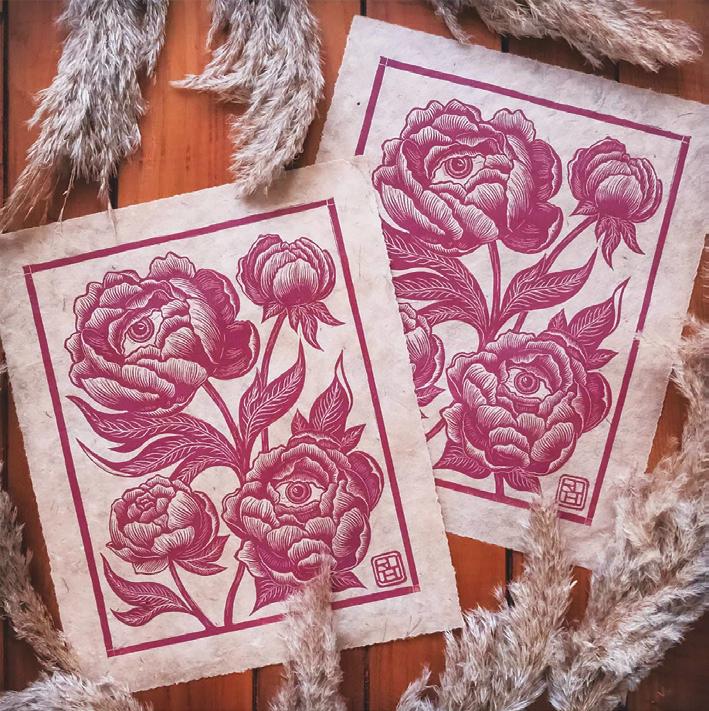




5 86 12 14 6 80

John Smolko's Drawings: Energetic Scribbles
The expressive outlines and scribbles in John Smolko's artwork convey a sense of invisible energy and movement that are foundational to his artistic style.
When you see a John Smolko drawing, it's hard not to stop and take a look. His use of texture and expressive colored pencil "scribbles" add an intense interest to each of his pieces; seeming to evoke invisible energy around his subjects.
His once photorealist art has evolved into the colorful, abstract works he creates today. Since his retirement in 2008 after 35 years of teaching secondary school art, his work has been featured in several publications, included in numerous exhibitions, and has won many awards.
Art and Color 365 recently interviewed Smolko about how his work transformed to its present style and how he approaches drawing.
You've spoken of your friend, abstract expressionist Tom Lehnert, and his advice about incorporating scribbles into your drawings. How did that affect your work?
Smolko: Tom Lehnert was my best friend who passed away in 2020, and I miss him greatly. At one point in my career, I was striving to create works of art that were unique and expressive. I decided to go all linear and use only lines in my work, finding that colored pencils were the perfect medium for this. My first works were mechanical and very structured, but the colored lines and the beautiful, overlapping colors were intoxicating to me.
Around that time, I took Tom's advice to try experimenting with more spontaneous lines and found my work developing into three stages. First, I would block in colors using
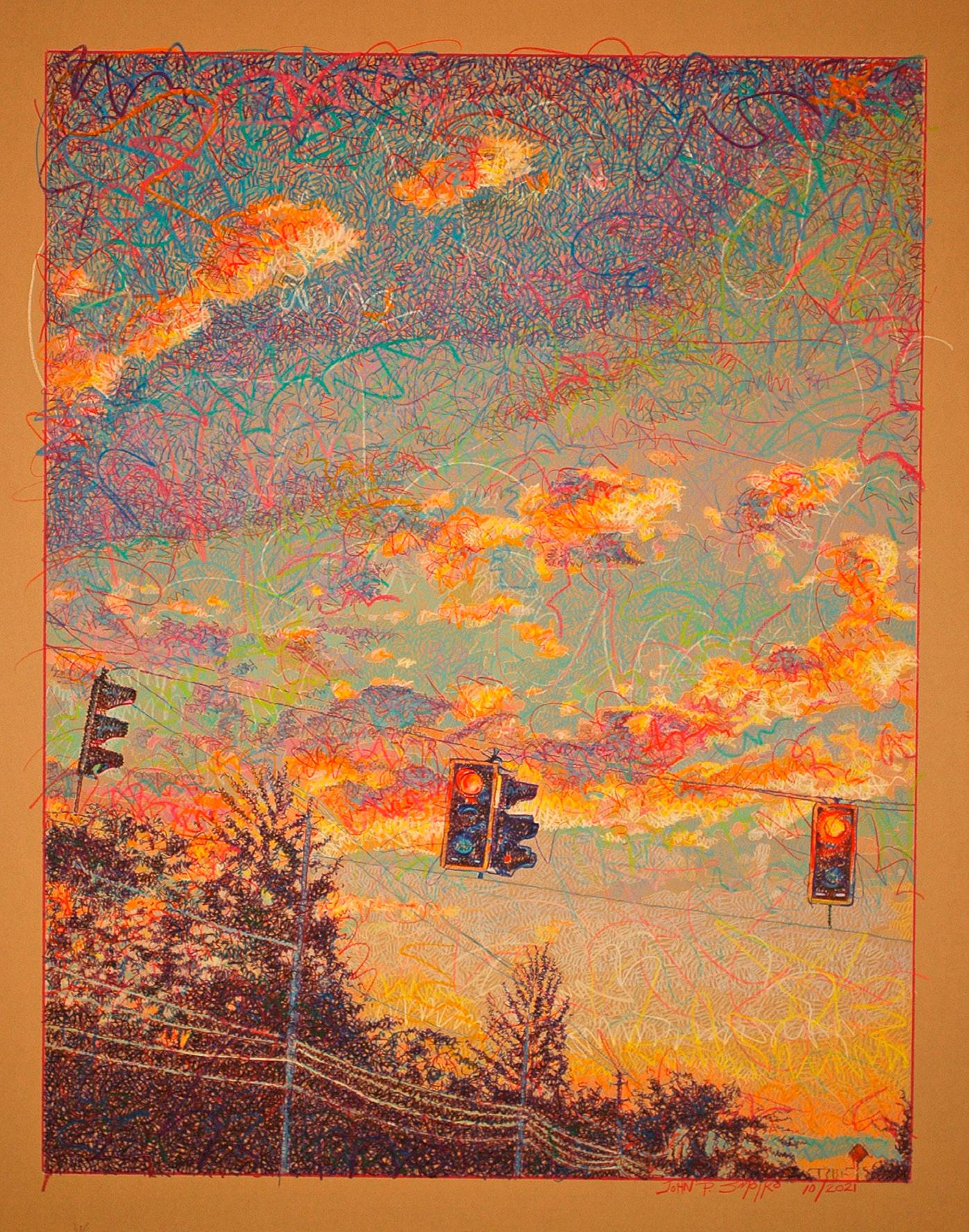
7
INSPIRING ARTISTS
Facing Page: Portrait of L.J., colored pencil on Crescent RagMat, 40" x 32"
Above: Carolina Stop Lights, colored pencil on Crescent RagMat, 40" x 32"
All images © John Smolko, used with permission
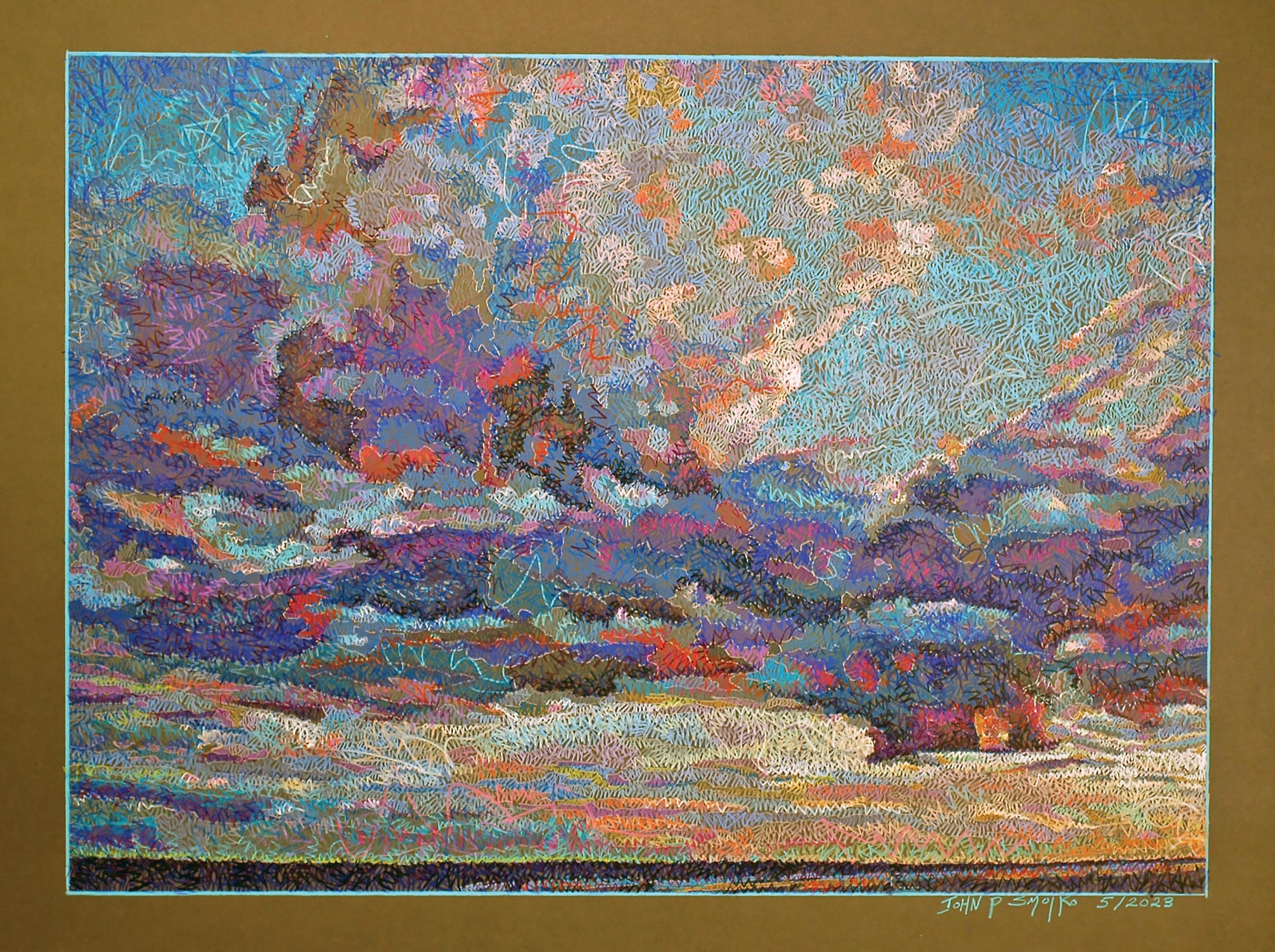
what I call "controlled scribbles" in random directions. Second, I used more spontaneous lines crosshatching over fields of colors as a piece developed. Thirdly, I applied expressive, spontaneous lines and worked over the entire surface that tie the entire drawing together. And these are the stages I still use today.
Your marks and scribbles create a sense of invisible energy. Is this something you're trying to convey?
Smolko: Energy is an important dynamic for my art and something I strive to portray in line and color. Everything in the natural world has a vibration or energy and even a scientist will tell you that atoms are always moving in matter, even rocks. I guess you may call this a life force, and capturing the essence, personality, spirit, or energy of an individual, or any artistic subject matter, is a worthy goal.
As an artist you want to create life in your work and there is nothing more satisfying than achieving this interpretation. I have been fortunate to have viewers tell me that I have caught the soul of individuals I have
drawn. So, yes, this is something I am trying to convey.
Why did you choose colored pencils as your primary medium?
Smolko: Colored pencils are the perfect tools for mark-making and scribbling because you can achieve such a variety of lines: thin, thick, light, dark, short, and continuous.
Is it difficult to keep your scribbles spontaneous?
Smolko: As you master the skill of markmaking it slowly becomes second nature, and you don't have to actively think about it anymore. It becomes part of the process and looks effortless. And it's fun.
How do you choose a color palette for your drawings?
Smolko: At times, I'll create a piece of art using complements. Or I may concentrate on analogous colors and keep the range close for the composition. Other times, I keep adding colors to a drawing through experimentation,
8
Above: Carolina Sky, colored pencil on Crescent RagMat

9
Above: Ashley, colored pencil on Crescent RagMat, 40" x 32"

and experience guides me in which colors will work.
Why do you choose to draw on toned paper? What colors do you prefer?
Smolko: Colored or toned paper always helps a drawing develop more quickly. Rather than dealing with the white of a paper, the background color is already established, which sets up a unifying color for a composition and helps separate highlights and shadows faster as well.
I prefer mostly neutral colors like browns and grays. Vibrant colors develop rapidly on these surfaces, and I like the Rembrandt effect with the darker tints. The darker papers really enhance a dynamic composition.
How important are outlines of your subject in a final piece?
Smolko: I love outlines and the fact that I get to make them different colors for each work of art. Outlines define areas of importance in a drawing and clean up edges. They enhance the composition and focus attention. They are an integral part of my mark-making and I add them to my drawings in almost every stage of development. I know I can violate my outlines anytime I want to, especially in the final stage when the

scribbles become longer and more spontaneous.
Does your approach change based on your subject? Or is it the same thought process to create a landscape as it is a portrait?
Smolko: If you look at my process, it appears that my approach is the same for everything I draw. I am striving to portray the same elements in each work of art but, to be honest with you, there are differences between portraits and landscapes. There are even differences from one portrait to the next.
Each artwork becomes a unique creation that demands a different mental process each time. My mental process is much more relaxed with landscapes and for some reason I am not hesitant to make mistakes with them. I have no desire to visually create a landscape exactly as I see it in life. If I distort it, all the better.
With portraiture, distortions are still fine, but I am still conscious of the likeness, and I am exerting more energy to achieve that aim. The better I know an individual I'm drawing, the more I have invested in the process.
To see more of Smolko's drawings, visit @jpsmolkoart
Some of Smolko's earlier works were painted in acrylic, rather than drawn with colored pencil, but were rendered in the same style.
10
Above left: Matt, acrylic on canvas, 40" x 32"
Above right: Collins, colored pencil on Crescent RagMat, 14" x 11"

11
Above: Thompson Lehnert, colored pencil on Crescent RagMat, 40" x 32"
AREA RUGS AS ART


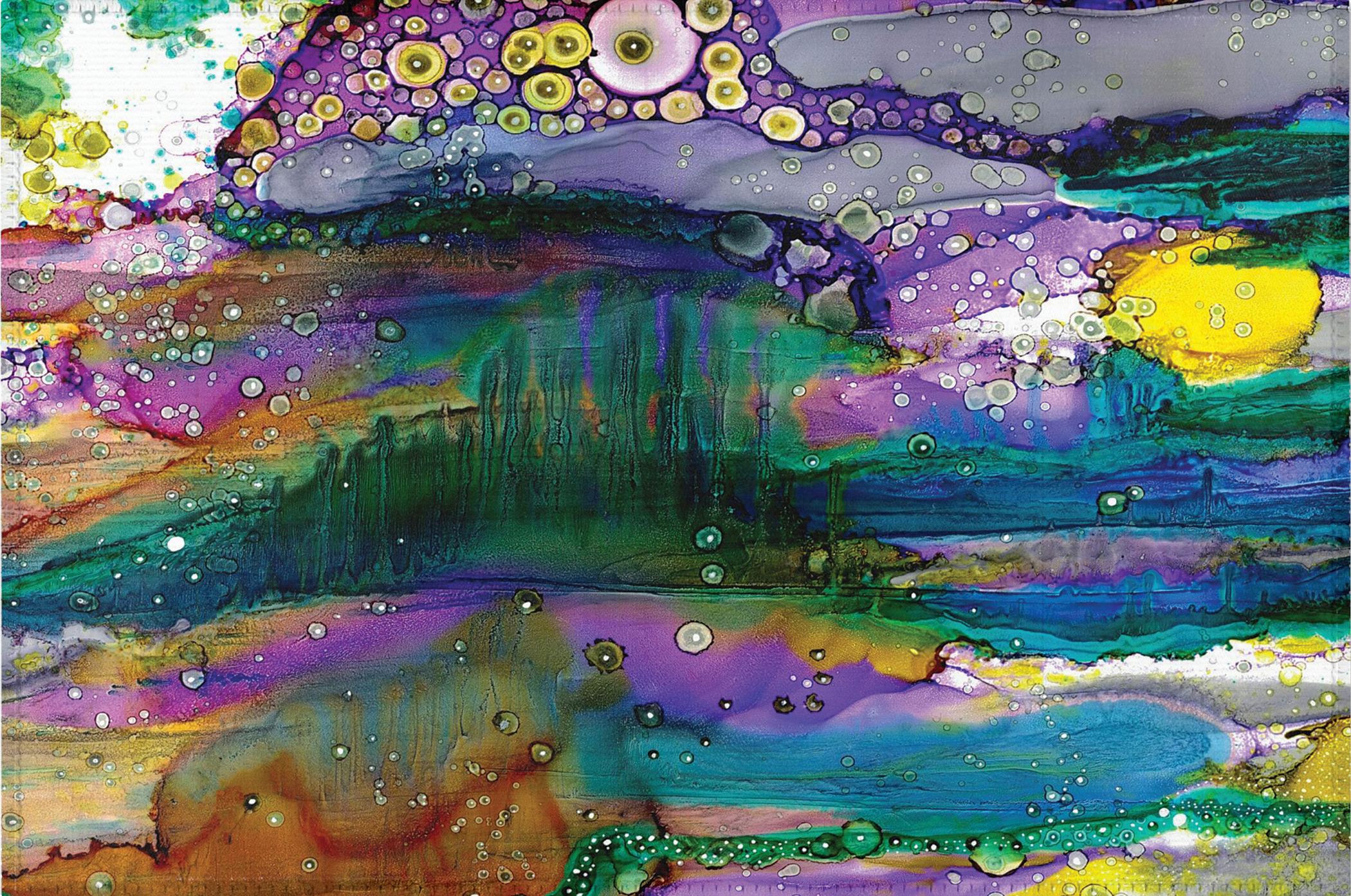
12
Cristine Cambrea's Art as Home Décor
Our homes are an outward expression of ourselves. The right furnishings — like artist Cristine Cambrea's one-of-a-kind area rugs — add color, warmth, and an artistic flair to any room.
Cristine Joy Cambrea (a.k.a. C.Cambrea) is a self-taught mixed media artist, painter, and illustrator who owns a home décor business offering more than 1,000 products, including area and throw rugs, based on her original artwork.
Cambrea's unique artistic style is an interesting combination of surrealism and expressionism. Filled with strange but appealing figures and creatures, her pieces spring entirely from her imagination.
In this sense, Cambrea is a true visionary artist, defined by the American Visionary Art Museum as self-taught artists, "whose works arise from an innate personal vision that revels foremost in the creative act itself."
Confirming this, Cambrea says, "I use intuition to guide me when I paint. I don't work in the traditional process that incorporates sketching and planning. After that first line, shape, or color makes its way to the canvas, I get lost in non-thought. And when the work is complete, I have a creation that represents my dreams and life experience in some way."
You can find Cambrea's paintings, maximalist home décor, and accessories at her Etsy shop, SincerelyJoyStore, www.sincerelyjoy.com, and you can view her original art in process on Instagram @ccambrea
Rugs on facing page:
Top: Elephant and I
Center: Dance With Me
Bottom: Purple Mountain
Top right: Stained 03
Center: Part of Everything
Bottom: Half Full



13
ARTISTIC HOME
PAPER ART

The Amazing World of Hand Cut Paper Art
They cut, they fold and layer, they paint and draw, twist, curve, and manipulate. But most of all, they produce remarkable pieces of art from single sheets of paper.
Paper artists are uniquely creative. They bring an ancient craft into the 21st century with each piece they create and each new technique they develop. The work of these artists achieves incredible diversity, creating textures from diaphanous insect wings to three-dimensional blocks; from layers rivaling the most delicate lace to vivid portraits comprised of hundreds of paper spirals, densely folded, shredded, and wound. In the hands of today’s talented cut paper artists, the artworks are amazing, inspiring, and thought-provoking.
14
Yulia Brodskaya
Born in Moscow, Yulia Brodskaya relocated to England in 2004 to continue her artistic education at the University of Hertfordshire, where she graduated with an MA in graphics communication. Fascinated with paper art as a child, that passion resurfaced as she created an innovative cover for a self-promotional booklet using the ancient technique of paper quilling. The resulting design changed the trajectory of her career.
Now recognized internationally as a brilliant pioneer in the field, Brodskaya has pushed the boundaries of quilling to new heights of expression. Most notably, she developed a technique that shifted her work from a drawing to painting basis — but with paper.
"Painting with paper," she explains, "means imitating brushstrokes with tightly packed strips of paper, achieved by combining different color strips in a similar way as mixing paints on a palette. This new technique comes as close to real painting as possible, but with the added quality of a third dimension."
See more of Brodskaya's work at @yulia_brodskaya_artyulia, on her website at www.artyulia.co.uk, and on Facebook, www.facebook.com/paperdesignart



15
Facing page: Mysterious Peony; Top right: Light as Feather; Bottom right: Rabari; Below: Detail of Rabari
All images © Yulia Brodskaya, used with permission


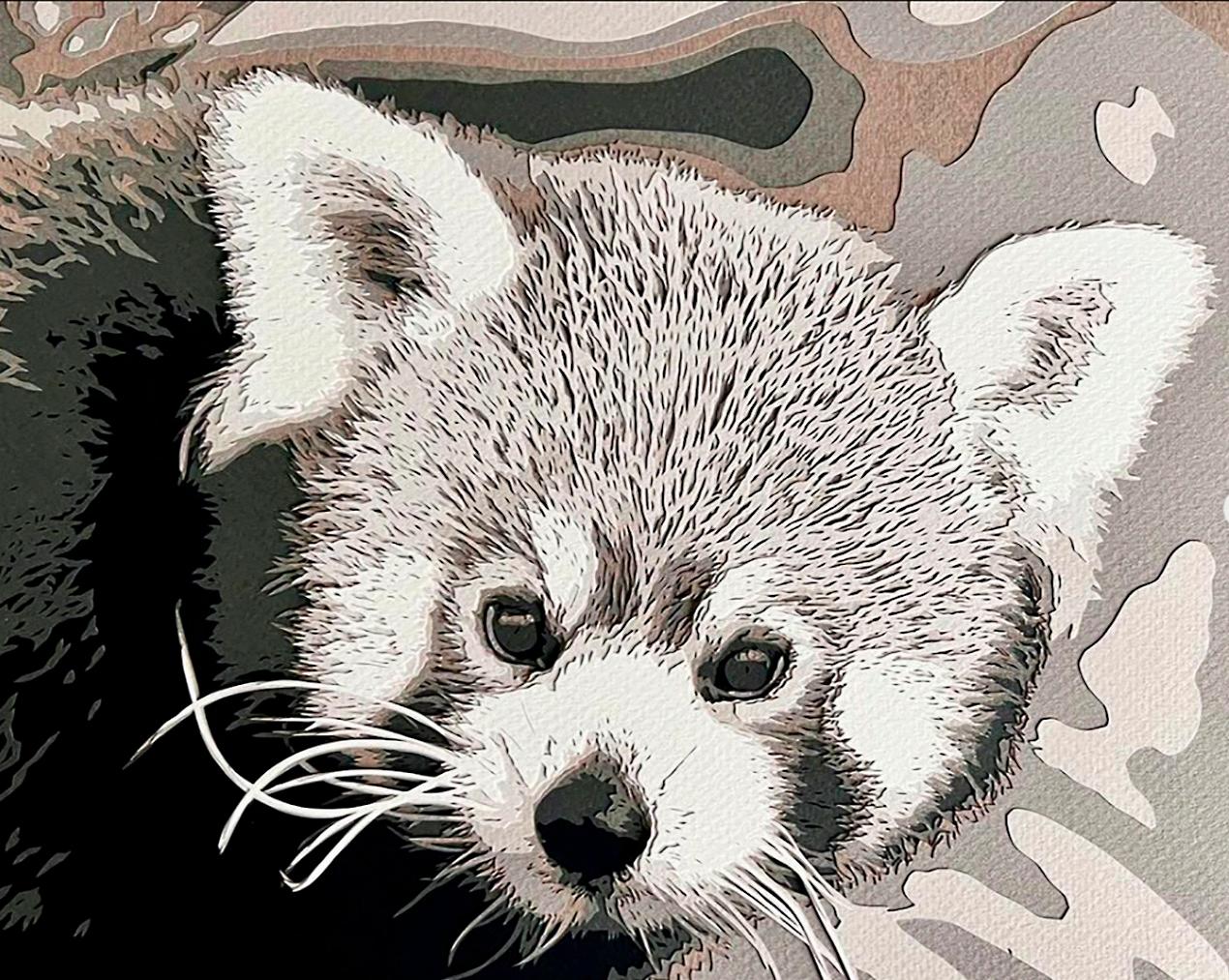
16
Yarko (Tiger)
Abou (Shoebill Stork)
Red Panda
Sarah Lake
Award-winning paper artist, Sarah Lake, lives and works in Kent, U.K., where she expresses her passion for art and wildlife through layers of meticulously detailed, hand cut paper.
More than ten years ago, Lake started experimenting with paper cutting as a hobby, and as her intricate process developed, she began to receive widespread recognition. In 2022 and 2023, two of Lake's pieces were finalists for Wildlife Artist of the Year in the prestigious David Shepherd Wildlife Foundation competition. The 2023 winner will be announced on September 11.
Lake creates her artwork from her own photographs and those of other photographers. "Each piece starts out with a photograph," Lake says. "When I determine the number of layers I want to work with — which depends on how much detail I can get into the piece — I print the photograph on several sheets of hammered paper — one sheet for each layer. Then the fun starts. I cut one layer at a time using a scalpel, then I glue it on top of the previous layer before I start the next one. I create just one piece of art from each photo, making every one unique."
Lake supports wildlife organizations by donating funds from the sale of her work.
Discover more about Lake's work at www.sarahlakepaperart.co.uk and @sarah_lake_paperart.
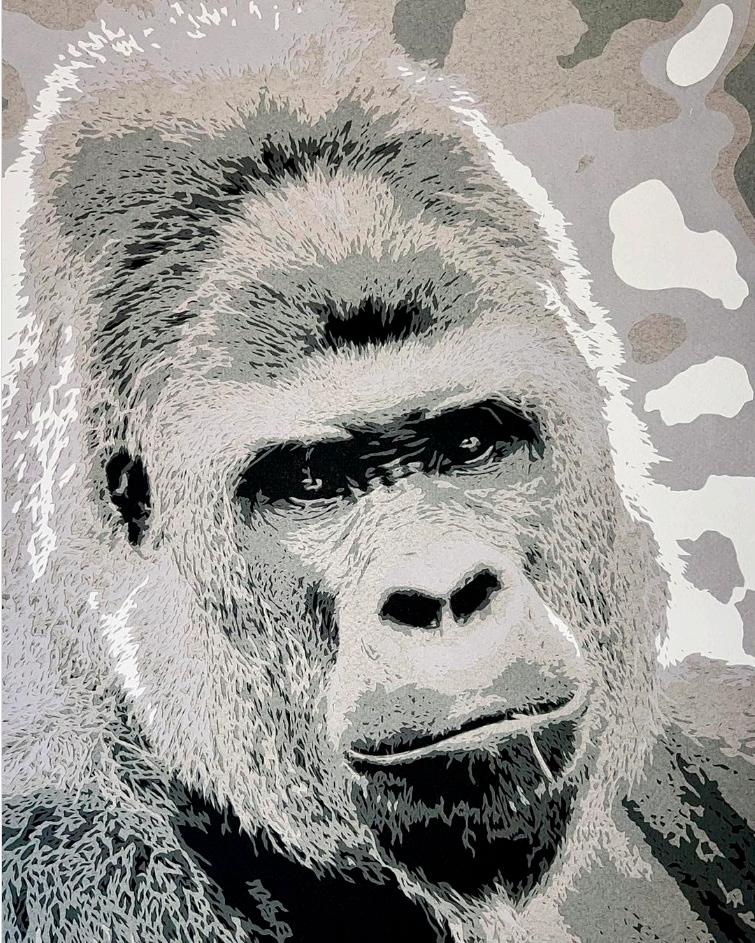

17
Top right: Gorilla
Bottom right: Keira (Jaguar)
All images © Sarah Lake, used with permission

18 18

Morgana Wallace
Morgana Wallace, of British Columbia, Canada, has been an artist most of her life. Born into an artistic family, she was encouraged to express herself through creativity. She remembers the beautiful illustrations in the children's books her mother read to her after school and the lasting impact they had on her, becoming the foundation for her work today.
Wallace says, "Because children are so imaginative and absorb so much, the art in children's books is as important as the narrative." And every piece of her cut paper art reflects that conviction.
Wallace became interested in paper cutting during a monotype printmaking class at the Victoria College of Art. Her process involves cutting several layers of paper elements, each detailed with watercolor, ink, gouache, or pencil crayons. The resulting works are vibrant and charming pieces that invite the viewer into a world of fairy tales and mythology.
"I hope my work takes people back to their childhoods," she says, "to remember the magic in life."
See more of Wallace's work on Instagram @morganawallace.


19
Facing page: The Hound
Top left: Blackbird
Top right: Halcyon
Right: Owl and Fox
All images © Morgana Wallace, used with permission
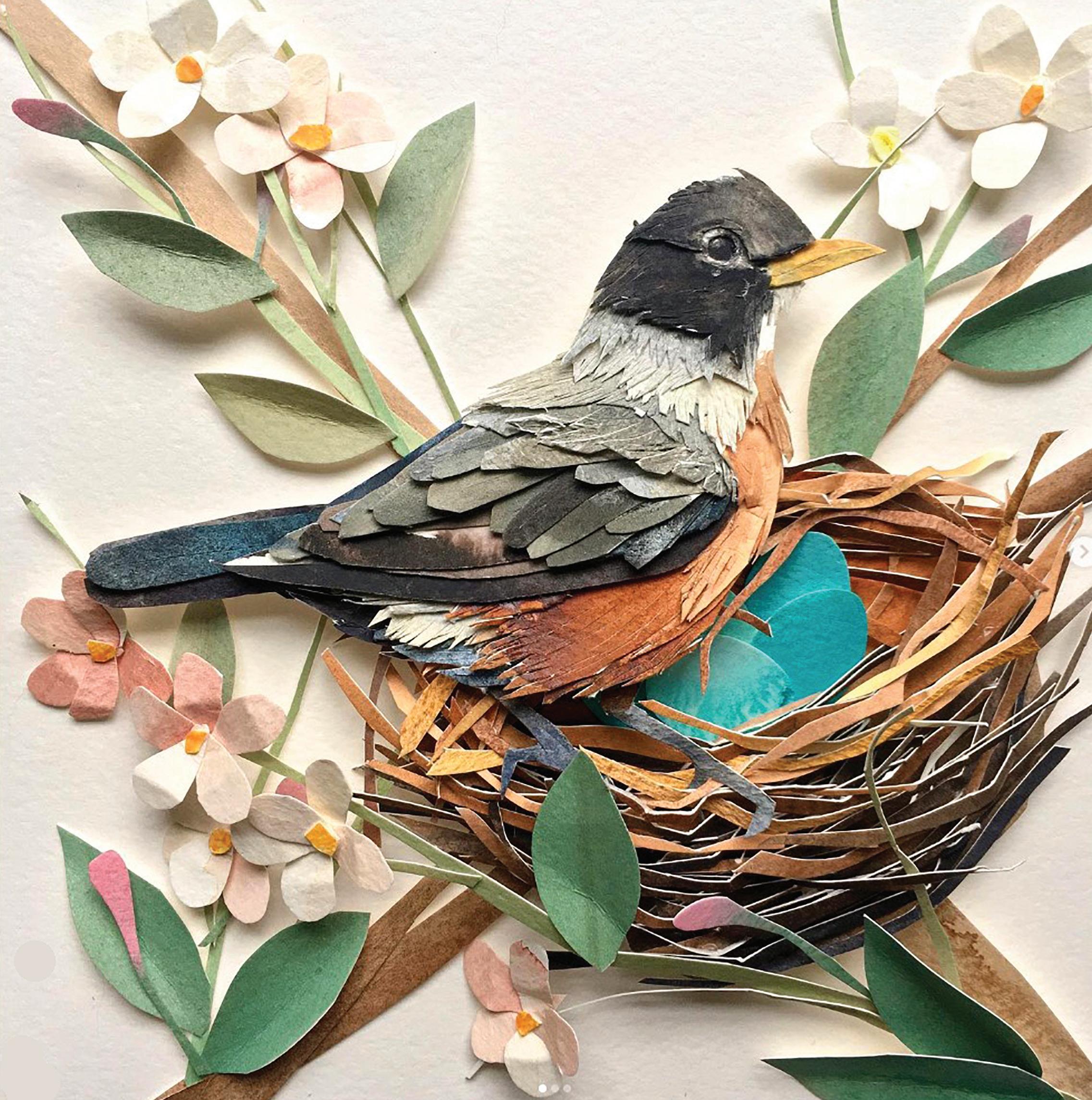
Sarah Suplina
Sarah Suplina has been creating charming paper collages for almost a decade. Her process begins with hard and cold press watercolor paper she has painted and then cut into shapes to create collages of birds, animals, flowers, plants, and other natural elements.
"I love the varied shades of color, the surprise imperfections, and the wonderful textures from watercolors and watercolor paper," Suplina
explains. "I find paper art provides amazing textures and depths."
Currently a full-time art teacher in New Rochelle, New York, Suplina earned an MFA from Pratt Institute, and formerly worked as a graphic designer and muralist while pursuing her own artistic voice and passion for paper art.
See more of her work at www.sarahsuplina.com and on Instagram @sarahsnippets
20
Above: Nesting Robin
All images © Sarah Suplina, used with permission

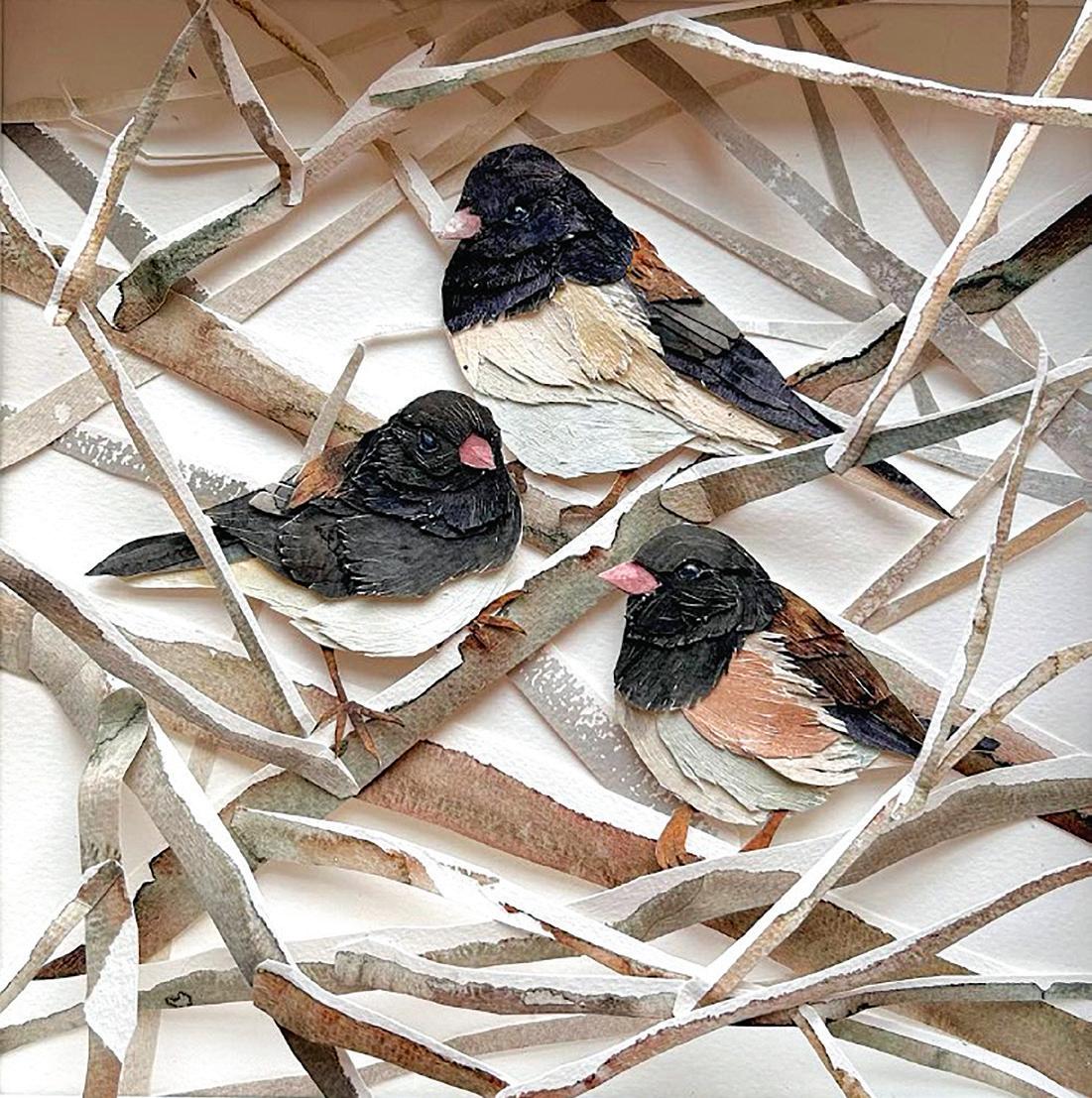


21
Painted Bunting
Huddle Up
Mockingbird Magpies

We are pleased to exhibit artwork from the winners and award recipients who took part in our August 2023 Landscapes Competition. We want to thank each of the artists who sent entries from all over the globe, including Australia, Bulgaria, Canada, England, Pakistan, South Africa, Spain, and the U.S. We received landscape art and outdoor scenes that showcased the artists' impressive skills in conveying the beauty of the settings they were inspired to paint. We hope you enjoy their work.
22
All images from the exhibition are under copyright and shared with permission of the artists.

2023 LANDSCAPES COMPETITION | WINNERS

Screaming Autumn, acrylic, 24" x 30" | www.hughgreer.com
See our feature story about the artist on page 32
23
1st Place Winning Entry
Hugh Greer

2023

Camille Przewodek
Vernazza Beach Morning Oil, 20" x 16" | @przewodek
See our feature story about Przewodek's art on page 38
24
2nd Place Winning Entry (Tie)
LANDSCAPES COMPETITION | WINNERS

2023 LANDSCAPES COMPETITIONS | WINNERS

Above it All
Oil, 48" x 48"
Read our feature story about Eccleshall on page 42
25
2nd Place Winning Entry (Tie) Andy Eccleshall
@andyeccleshall


26
3rd Place Winning Entry
13" x 19" @sofroniev.art
our feature story about Sofroniev on page 46
LANDSCAPES
|
Svetlin Sofroniev Windmill Watercolor,
Read
2023
COMPETITION
WINNERS

2023 LANDSCAPES COMPETITION | SPECIAL MERIT
Special Merit
Jill Storey
Afternoon Delight
Pastel, 11" x 14" @jillstoreyart


Special Merit
David Barclay
Mountain Stream Oil, 30" x 40" @davidbarclayart
Special Merit
Cheryl Pruys After the Rain Acrylic, 15" x 11" @cherpruys
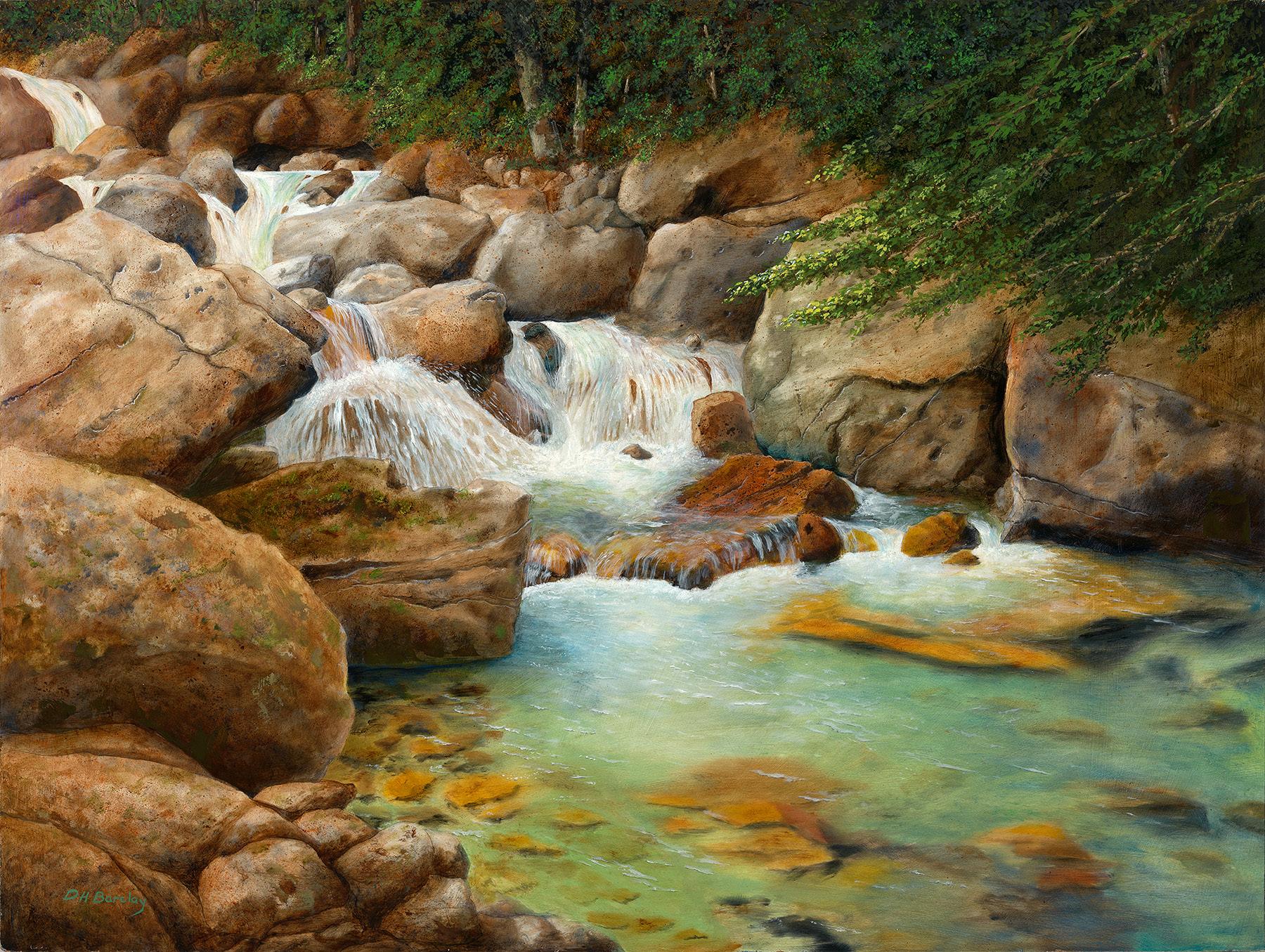
27

2023 LANDSCAPES COMPETITION | SPECIAL MERIT

Allison Krajcik
Among the Rocks, Pastel, 15" x 10.5" | @colorwhisperer1


Sherry Killingsworth Smoky Mountain Fall Pastel, 9" x 12" @sherrykillingsworthartist
28
Special Merit
Special Merit
Joe A. Oakes
Cumulus Sunset, Acrylic, 24" x 30" | @joeaoakesfineart
Special Merit

2023 LANDSCAPES COMPETITION | ARTISTIC RECOGNITION

Artistic Recognition
Amy Evans
Coming Home, Oil, 16" x 20" | @amyevansart

Artistic Recognition
Amanda D'Agostino
Light Always Returns, Oil, 24" x 24" | @amandadagostinoart
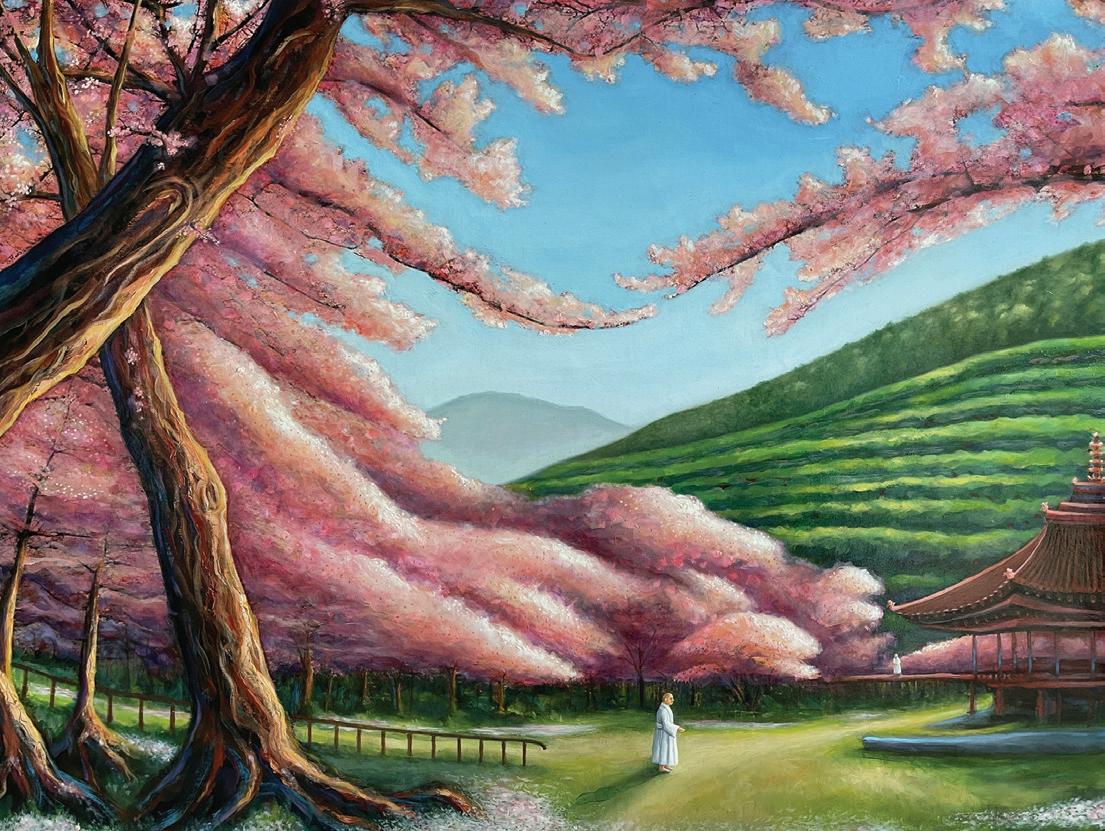
Artistic Recognition
Guy Munsch
Sakura Blossoms in Japan, Return to the Temple Oil, 28" x 38" | @guy_munsch

Artistic Recognition Tatiana Roulin

Artistic Recognition
Karen Israel Transformations
Pastel, 15" x 24" @karenisraelpastel
Misty Breeze, Oil, 16" x 20" @tatroulin
29

2023 LANDSCAPES COMPETITION | ARTISTIC RECOGNITION

Artistic Recognition
Catherine Cumberbatch
Patria's Embrace Mixed media, 20" x 40" @pocolocostudios
Artistic Recognition
Lorraine Dey
Shark River - Low Tide
Acrylic, 12" x 24" @lorrainedey_art


Artistic Recognition
Carina Imbrogno
Winter Snow
Pastel, 17" x 25" @carinaimbrogno_art_
Artistic Recognition
Lori D'Agostino
Winter Road
Acrylic, 11" x 14"
@artworks_by_LBD

30

2023 LANDSCAPES COMPETITION | HONORABLE MENTION

Honorable Mention Thérèse Légère Homage to the Mustard Plant Oil, 24" x 48" @legereart

Honorable Mention
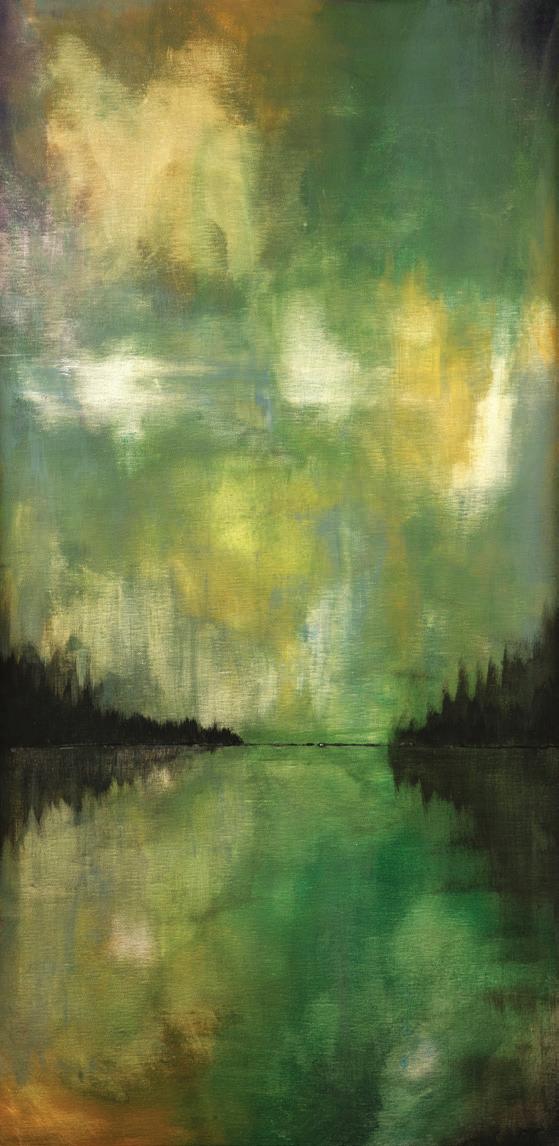
Honorable Mention


Honorable Mention Shannon Gordy, Courthouse Rock Pastel
9" x 12" @ruffsketchings
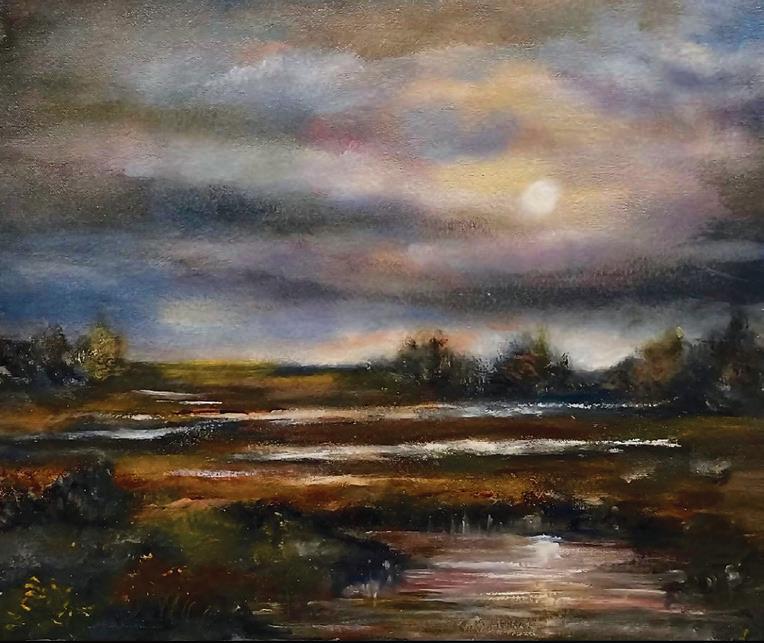
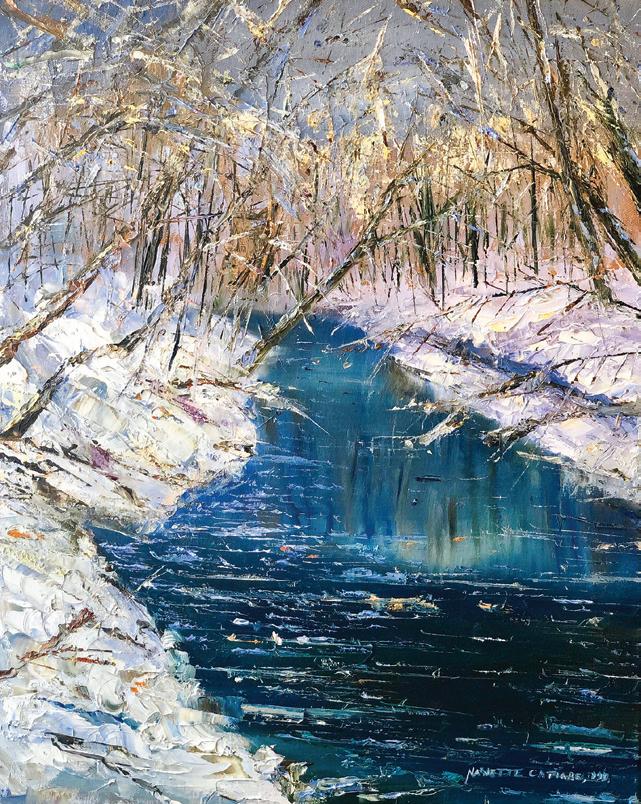
Honorable Mention
31
Honorable Mention
Vidya Lakshmi Nikesh Anand Winter Clouds Oil, 12" x 12" | @vidyaartstudio
Honorable Mention
Hina Ahmed
Moonwashed Oil, 12" x 14" | @studiohinaahmed
Nanette Catigbe Icy Blue Winter Oil, 16" x 20" @mucchiodibella
Dennis Hood Northern Lights, Acrylic, 48" x 24" @dmhood_artist
Wayne Chunat Sariquippi, Acrylic, 10" x 20" | @waynechunat


Hugh Greer 1st Place Winner 2023 Landscapes Competition
Award-winning artist Hugh Greer is a master of his craft. Working in acrylics, his landscapes capture a location's natural beauty through light, color, and composition. Before becoming a full-time artist, Greer had a 40-year career in architectural illustration after earning a B.A. in industrial design at Kansas University.
"My years as an architectural delineator definitely influenced my desire to be a landscape artist," Greer says. "An architectural rendering is basically a landscape with a big new building in the center! From an architectural standpoint, the most important thing is understanding perspective and how it plays a part in landscapes."
Based in Wichita, Greer has a great love for the outdoors which inspires his work. "Nothing surpasses the beauty of nature. In my travels, I enjoy the diverse landscapes of Kansas, Oklahoma, Colorado, Wyoming, Oregon, New Mexico, Ohio, and Michigan. I like to see all the changes in the sky and land, and this is what I try to convey in my paintings. The stormy skies of Kansas are my favorite. I always manage to get off a
few shots with my camera as I head for the basement."
One of Greer's favorite regions to paint is the Flint Hills in Tallgrass Prairie National Preserve, four million acres straddling eastern Kansas and northeastern Oklahoma. "There's something mystical about the simplicity of the Flint Hills where the rolling hills meet the sky, often unobstructed by a single tree." He adds with a smile, "I like the anonymous quote, 'Anyone can love the mountains, but it takes soul to love the prairie.'"
When asked about acrylics as his medium of choice, Greer explains, "I've worked with other media in the past, but I'm still discovering the diversity acrylics offer. Like anything, it has advantages and disadvantages. It's fast-drying which is great for architectural renderings, but not so great for plein air painting in 95-degree temperatures and 35 mile per hour winds. The paint also dries darker than the color you mix, so you have to learn to adjust to it. But most of all I like its versatility. Acrylics can be used like oil paint or thinned to use as a wash like watercolor. I find them fascinating."
WEBSITE: www.hughgreer.com
32
All images © Hugh Greer, used with permission.



33
1st Place Winning Entry
Screaming Autumn, Acrylic, 24" x 30"
Hugh Greer | 2023 Landscapes Competition, 1st Place Winner
Rush Hour Traffic, Acrylic, 16" x 20"



34
Hugh Greer | 2023 Landscapes Competition, 1st Place Winner
Crow Fest, Acrylic, 18" x 24"
Autumn Hills
Acrylic, 16" x 20"

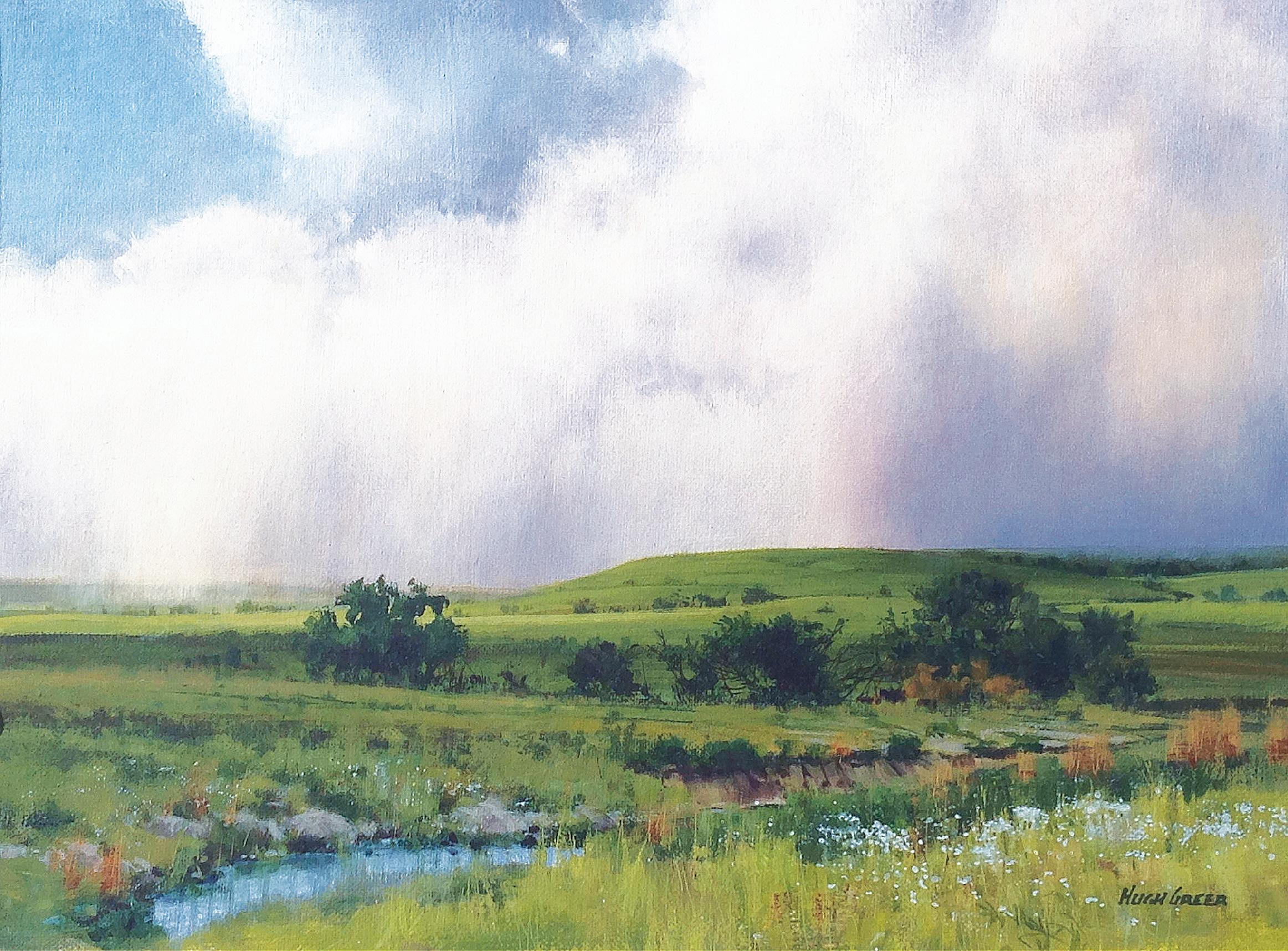

35
Hugh Greer | 2023 Landscapes Competition, 1st Place Winner
Autumn Encore, Acrylic, 12" x 16"
Blessing on the Flint Hills, Acrylic, 12" x 16"



36
Hugh Greer | 2023 Landscapes Competition, 1st Place Winner
Road through Twining, Acrylic, 5" x 7"
Twilight, Acrylic, 14" x 20"



37
Hugh Greer | 2023 Landscapes Competition, 1st Place Winner
Autumn Red and Gold, Acrylic, 12" x 16"
Northern New Mexico, Acrylic, 6" x 8"
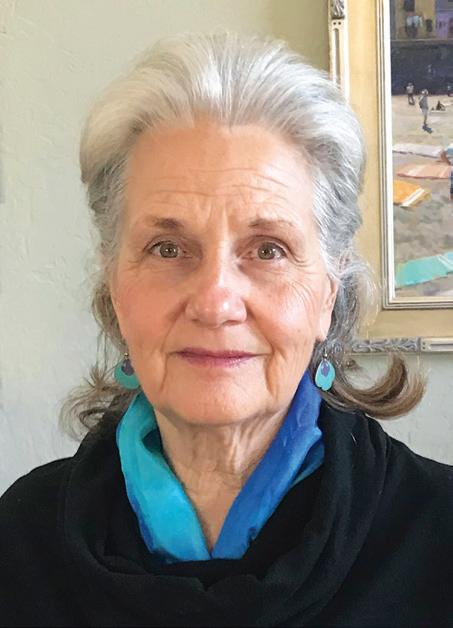

RCamille Przewodek 2nd Place Winner (Tie) 2023 Landscapes Competition
enowned plein air colorist, Camille Przewodek, creates inspiring landscapes which reflect her deep understanding of the effect of light on color.
Przewodek's paintings are brimming with bold, rich color, taking the viewer to the heights of color perception. Explaining her style and technique, she says, "A plein air colorist is someone who, in the representational tradition of Monet, is primarily focused on capturing the light key of nature. By light key, I mean the overall quality and effect of light on a subject. Being on location allows me to accurately observe and understand how my color relationships support and create the light key of a scene."
For many years she studied color with impressionist master, Henry Hensche at the Cape School of Art in Provincetown, Massachusetts, founded by his mentor Charles W. Hawthorne. Over the years, Przewodek has become a much sought-after instructor and expert on the Hensche/Hawthorne approach, teaching their
principles to educate others in the perception and use of color and light in representational painting.
Born and raised in Michigan, she is now based in Petaluma, California. Przewodek received BFAs in painting at Wayne State University in Detroit, and illustration at Academy of Art College in San Francisco. She is a Signature Member of the Laguna Plein Air Painters and the California Art Club, and a Master Signature Member of the American Impressionist Society, Oil Painters of America, and American Women Artists.
She has participated in dozens of solo exhibitions and group shows, garnered many awards, and received widespread recognition as an artist, speaker, instructor, and author.
WEBSITE: www.przewodek.com
INSTAGRAM: @przewodek
FACEBOOK: przewodekfineart
38
All images © Camille Przewodek, used with permission.



39
2nd Place Winning Entry
Vernazza Beach Morning Oil, 20" x 16"
Camille Przewodek | 2023 Landscapes Competition, 2nd Place Winner (Tie)
Newport Beach Garden Oil , 11" x 14"

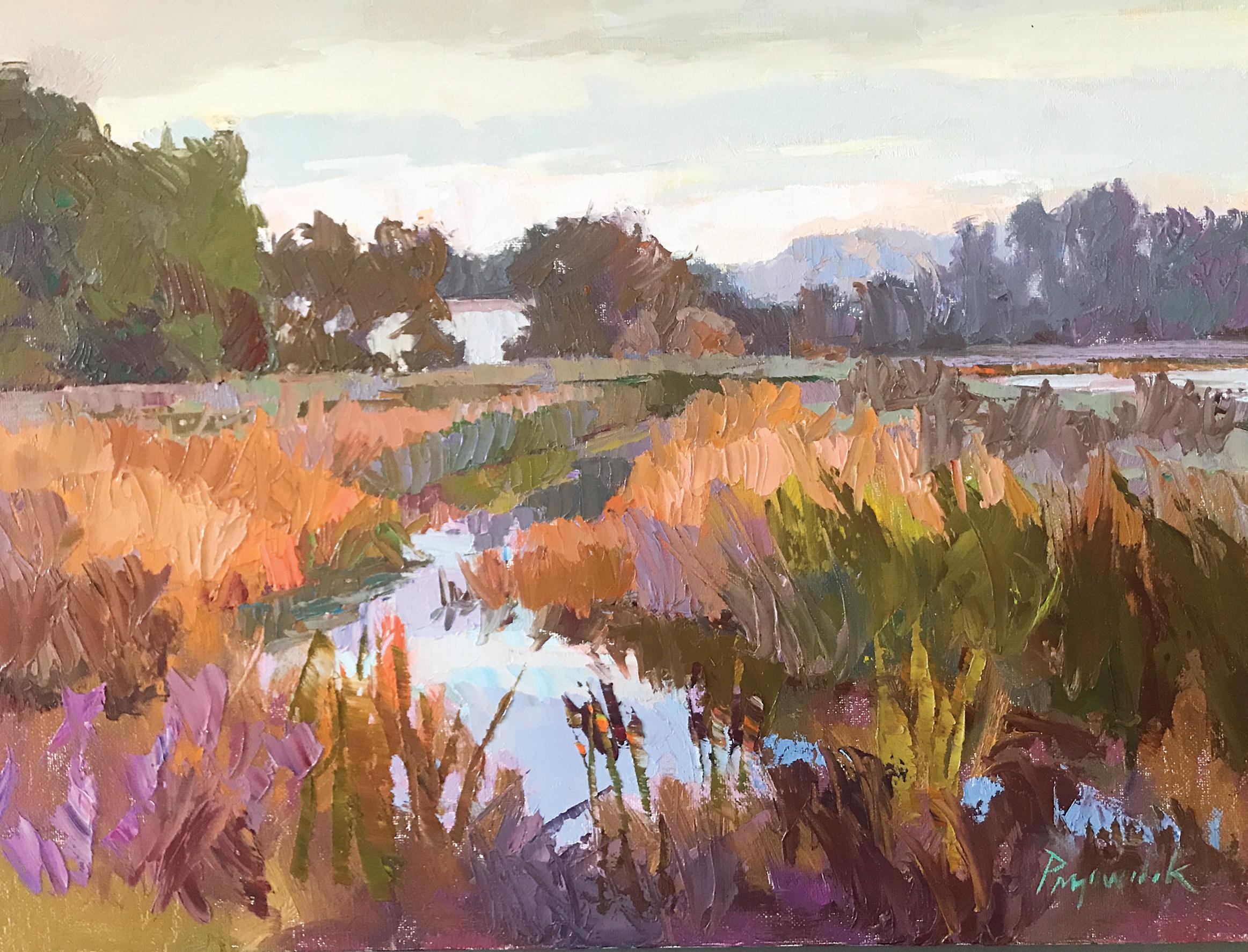

40
Camille Przewodek | 2023 Landscapes Competition, 2nd Place Winner (Tie)
Gray Skies, Oil, 12" x 16"
Garden Colors
Oil , 12" x 12"


41
Camille Przewodek | 2023 Landscapes Competition, 2nd Place Winner (Tie)
Early Birds at Vernazza Beach, Oil, 20" x 16"

2023 Landscapes Competition

TAndy Eccleshall
2nd Place Winner (Tie)
o look at Andy Eccleshall's landscapes is to feel the sky, mist, wind, rain, and water depicted in his artwork. His pieces are minimalist, with gentle palettes and soft contours of water and clouds — all hallmarks of his artistic style. Each of his paintings evokes a sense of the atmosphere rather than focusing on the details; this lets viewers immerse themselves in his work and enjoy his quiet, contemplative scenes.
Eccleshall was greatly influenced by the misty, pastoral landscapes of his childhood home in Stafford, England, and found endless inspiration for painting and drawing. After moving to the U.S. and experimenting with different artistic styles, the Pacific Northwest with its ever-changing mood and light drew him back to painting landscapes and
water scenes.
A professional artist for nearly 40 years now, Eccleshall says he is drawn to dramatic or moody scenes that capture unusual light, weather, or architectural themes. "I want the viewer to feel the painting. The greatest compliment I can receive is when someone says, 'I know exactly what that feels like,' or 'I feel like I'm there.'"
When asked what the future holds, Eccleshall says, "I plan to paint until I fall over! This is a neverending and constantly evolving journey, and I'm enjoying every step."
WEBSITE: www.andyeccleshall.com
INSTAGRAM: @andyeccleshall
FACEBOOK: Andy Eccleshall Fine Art
42
All images © Andy Eccleshall, used with permission.


Above it All Oil, 48" x 48"
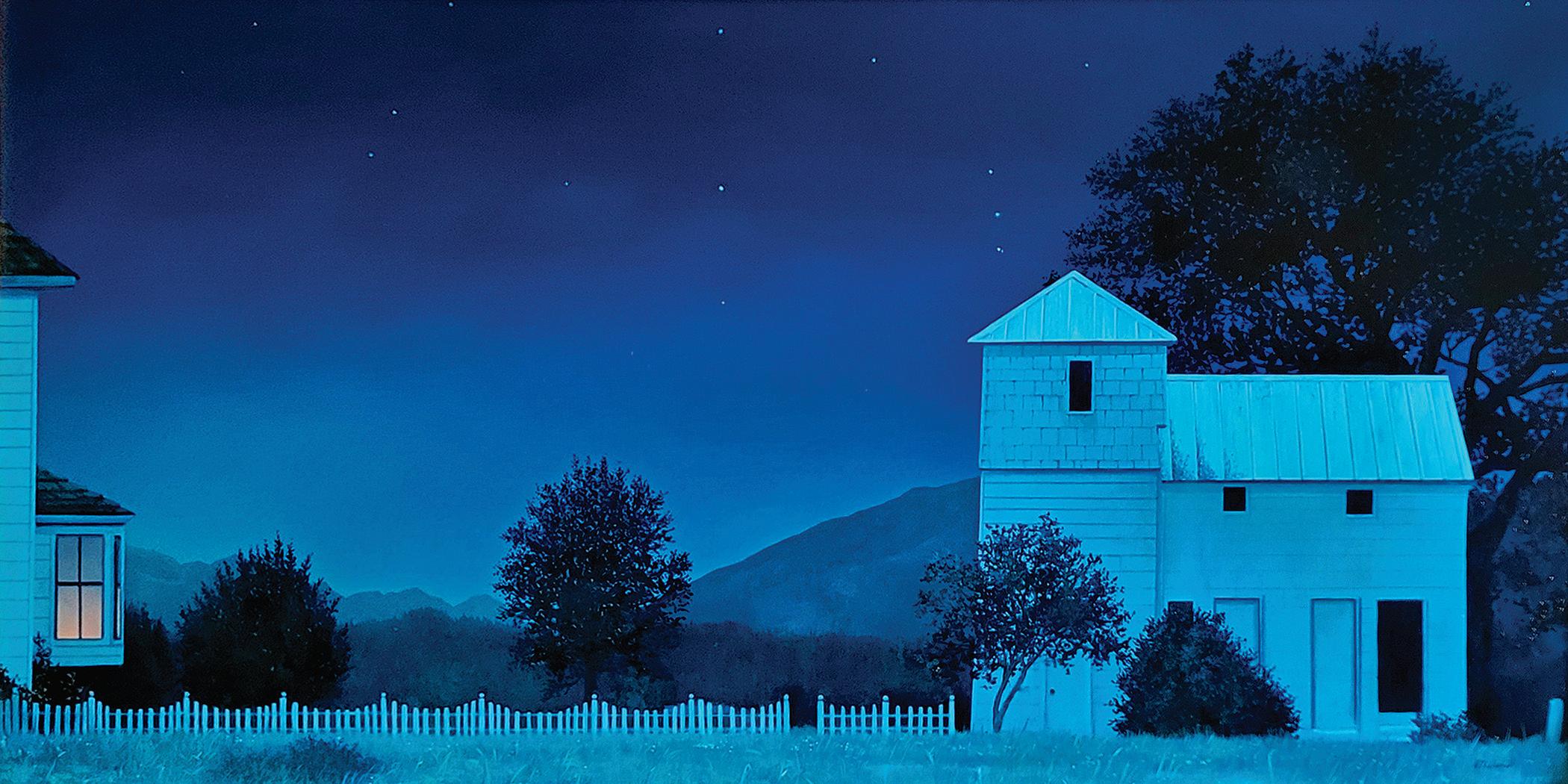
43
2nd Place Winning Entry
Andy Eccleshall | 2023 Landscapes Competition, 2nd Place Winner (Tie)
Calhoun Nocturne, Oil , 24" x 48"



44
Andy Eccleshall | 2023 Landscapes Competition, 2nd Place Winner (Tie)
The Perch, Oil, 30" x 30"
Morning Reflection Oil, 30" x 30"


45
Andy Eccleshall | 2023 Landscapes Competition, 2nd Place Winner (Tie)
Vast, Oil, 60" x 60"

2023 Landscapes Competition

ASvetlin Sofroniev 3rd Place Winner
rtist Svetlin Sofroniev, has been passionate about working with watercolors since he was a child growing up in Lom, Bulgaria. His fondness for the medium is based on its intrinsic qualities — immediacy, the value range achievable with each color, and its difficulty to master — all of which he celebrates.
Explaining why he prefers to work in watercolors he says, "The impression of the moment can be easily expressed with watercolor. I like to compare it to haiku poetry in that it tells the whole story without getting overburdened with details."
Sofroniev feels fortunate that his first experience in art education as a young boy was with a teacher who was an accomplished watercolorist. "This training opened the door for me to master the challenging techniques and build my confidence in the medium," he says. Sofroniev continued his art education at the St. Cyril and St. Methodius University of Veliko Tarnovo where he graduated
in 1999 with a specialty in Pedagogy of Arts (a teaching degree).
When searching for inspiration for his work, Sofroniev has always found it in the beauty of nature, cityscapes, architecture, light and color. "When I see these things," he says, "I want to paint them all!" With each subject, he feels that he translates what he sees into a story to share with his viewers, and in that sense, his work is deeply personal.
Sofroniev participates in regional and national exhibitions, and his works can be found in galleries and private collections in Europe and North America including Bulgaria, Austria, Switzerland, Czech Republic, Germany, Bosnia, Herzegovina, U.S., and Canada. He has also participated in many solo and group exhibitions.
INSTAGRAM: @sofroniev.art
FACEBOOK: Svetlin Sofroniev Art Page
46
All images © Svetlin Sofroniev, used with permission.


Windmill
Watercolor, 13" x 19"


47
3rd Place Winning Entry
Svetlin Sofroniev | 2023 Landscapes Competition, 3rd Place Winner
Oxide Living, Watercolor, 5" x 7"
Floating Village (Tonle Sap, Cambodia), Watercolor, 21" x 18"

INSPIRING ARTISTS | SKETCHBOOKS
Luisa Holden
Contemporary Abstract Painter
Holden's semi-representational style captures a sense of atmosphere and energy in her artwork, creating bold and spontaneous images.
48

Luisa Holden is a contemporary painter based in the historic English city of York. Her work is known for its spontaneous, semirepresentational/abstract style, often depicting the dramatic landscapes and coastlines of Yorkshire, Northumberland, and Cornwall.
In her paintings, Holden focuses on capturing a sense of atmosphere and energy rather than a more realistic depiction of ocean waters, high cliffs, rocky beaches, and sandy dunes. She also paints still lifes, creating stunning abstracts with
bold brushstrokes and vibrant colors. Holden has exhibited throughout Yorkshire, including solo shows at the Helmsley Arts Centre and Beningbrough Hall, and her art is in collections in the U.K., U.S., Sweden, Germany, and Ireland. She is a member of Leeds Fine Artists, one of the oldest regional arts bodies in the U.K., and earlier this year was elected as a member of the Society of Women Artists, a prestigious British organization established in 1855.
Art and Color 365 recently spoke with Holden about her work, including the
All images © Luisa Holden, used with permission
49
Facing Page: Afterglow, mixed media on paper, 43 x 53 cm
Above:
Turquoise Shoreline, mixed media on paper




sketchbooks she uses to create working studies for larger paintings. Here are excerpts from the interview.
How did you decide to begin working in abstracts?
Holden: It's been very much a progression. My early work was more representational, but it became a lot looser and more expressive as I found I wanted to push the boundaries and explore the interplay of shapes and blocks of color and just generally experiment. Painting became more about what I chose to leave out rather than what I included.
How do you approach a painting?
Holden: I like to approach a painting with energy and spontaneity. This usually means diving in with a large palette knife and brushes, pushing color around, establishing darker tonal areas and generally just getting a feel for the painting without getting too tied up with details. Any set plans usually hinder my practice. I prefer the painting to be free of too many constraints, to have the freedom to develop how it wants to. If my first stance in starting a work is risk averse and timid, the painting is doomed to failure from the start for me. Boldness and a carefree attitude are paramount because it's that energy that really sets the course of the painting.
Do you work from life when painting landscapes?
Holden: I sometimes work from life by capturing quick tonal and color studies in
50

sketchbooks which I will work up in the studio later. I only use sketches and photos as loose references as I like the painting to evolve and take on a life of its own. I am increasingly working from imagination these days and it's so freeing, just allowing the work to flow, introducing colors and shapes because it looks good and achieves balance and interest, not because it's a true representation.
How do you determine a color palette for each piece?
Holden: Usually I just get a feeling for a palette I want to use — ultramarine blue and indigo with neutral greys and creams, khaki with pink or peach with burnt umber, for example — and I will play with these hues in my color studies. Having a color theme avoids using too many colors; it's often the case that less is more. I sometimes work with a very limited palette —
just the three primary colors plus black and white. It's amazing how many subtle colors you can achieve this way and it also helps the colors to harmonize.
Your work is usually listed as mixed media. What are some of the media you use and what are your favorites?
Holden: I primarily use heavy body and sometimes soft body acrylic paint because they are so versatile; they're fast drying so I can work up multiple layers and glazes quickly and the vibrancy of the colors are amazing. Alongside acrylics, I incorporate other water-based media such as watercolor, acrylic inks, and water-soluble crayons and pencils. I also add collage and dry media such as charcoal, graphite, and oil pastel for mark making.
I recently invested in a fuller range of Caran D'ache Neocolor Aquarelle pastels which I love because the rich pigments
51
Facing page, images from Holden's Flower Studies sketchbooks.
Top left: Yellow Spray Center left: Orange Flowers
Bottom left: Poppies
Top right: Lilies
Above: Detail of A Walk on the Heath concertina sketchbook


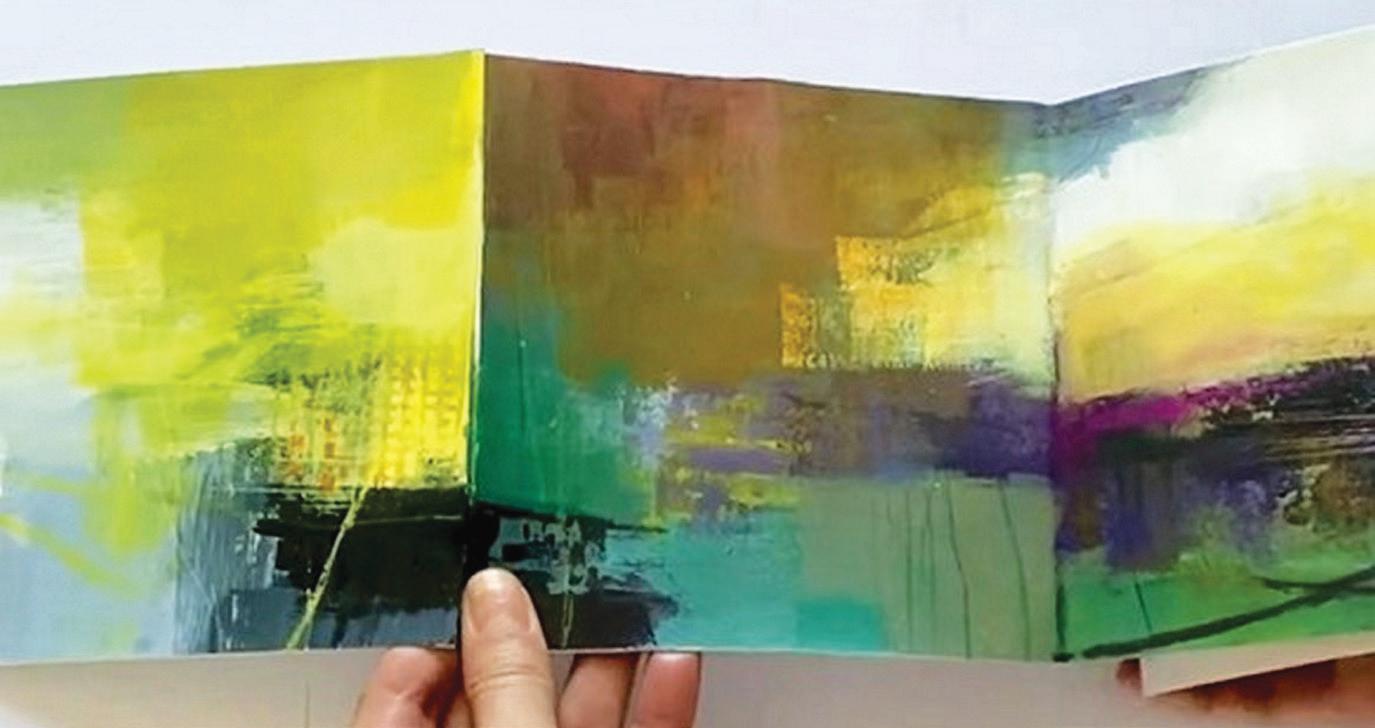

bleed so beautifully to complement the acrylics. Liquitex acrylic inks are also my favorites, particularly some of the transparents such as "Muted Violet."
Why do you add gold leaf to some of your work?
Holden: I started introducing gold, silver, and copper leaf into my work a few years ago because I loved the way it sparkled and reflected light. Seascapes are my favorite subject matter for gold leaf as the blues and gold work so well together and it gives a sparkling effect on the sea and shoreline.
Do you always work in sketchbooks or do you create sketchbooks of a particular series or collection of paintings?
Holden: Sketchbooks are important to my working process, either painting directly in them or mounting loose pieces of paper in them. I find having themed sketchbooks entitled Moorland Skies or Abstract Flowers, for example, helps when I'm looking for ideas and inspiration for larger paintings on panel and canvas. I like to work on a series of paintings such as my Craggy Landscapes as it helps me focus on one particular theme, making the work more exploratory. I also like to work on several pieces at the same time.
I then work in layers, allowing the initial marks to remain or show through, and gradually introducing more colors and connecting large shapes so it doesn't look disjointed. I like to introduce mixed media into the painting fairly early, not just apply it right at the end. Sometimes I apply
collage at the outset and I will occasionally use an acrylic textural medium, especially for rocky sea and landscapes.
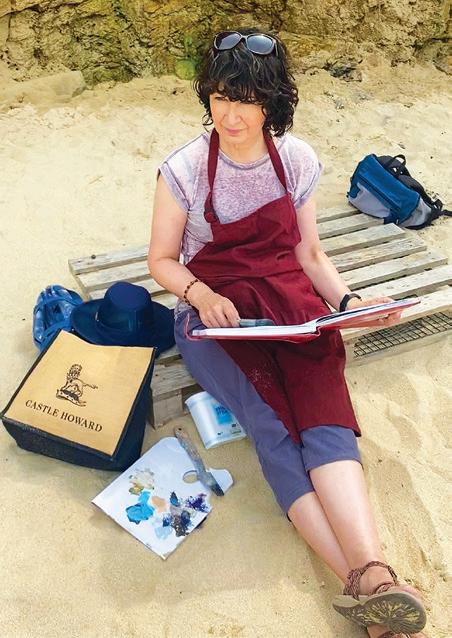
What do you like about the concertina style of sketchbooks?
Holden: It's the flow of the concertina sketchbooks that appeals to me, the way they open out like a never-ending painting as one image flows into the next. I like the gradual inclusion of colors so there isn't too much of a jump from one painting to another. I sometimes buy concertina sketchbooks with hardback covers in various shapes and sizes, but I also enjoy making my own which gives me more freedom regarding size and the number of pages I wish to include. Some of my homemade concertinas have centered around a certain project or theme such as a moorland walk or changing of a season.
When you paint, how do you know when a piece is finished? How do you decide when the balance is right?
Holden: Knowing when a painting is finished is often tricky for artists as there's that dread of overworking. For me, I feel a piece is finished when I don't feel I can add anything to it which can improve it, when I'm adding to it for the sake of it and risking losing the initial freshness. I like to scrutinize every part of the painting in isolation to check for any weak or boring areas, or areas that are too busy.
Having balance in a painting is important — it can often be a case of repeating a color in an opposite area which can make all the difference. This echoing of color can create harmony in a painting.
Discover more of Holden's work on her website, www.luisaholdenart.co.uk, at @luisa.holden_artist, on Facebook, and on Pinterest


53
A page from Holden's Moorland Sketchbook.
Close up of the final sketch from the Moorland Sketchbook. Facing page, images from Holden's concertina sketchbooks.
Holden painting in Cornwall.
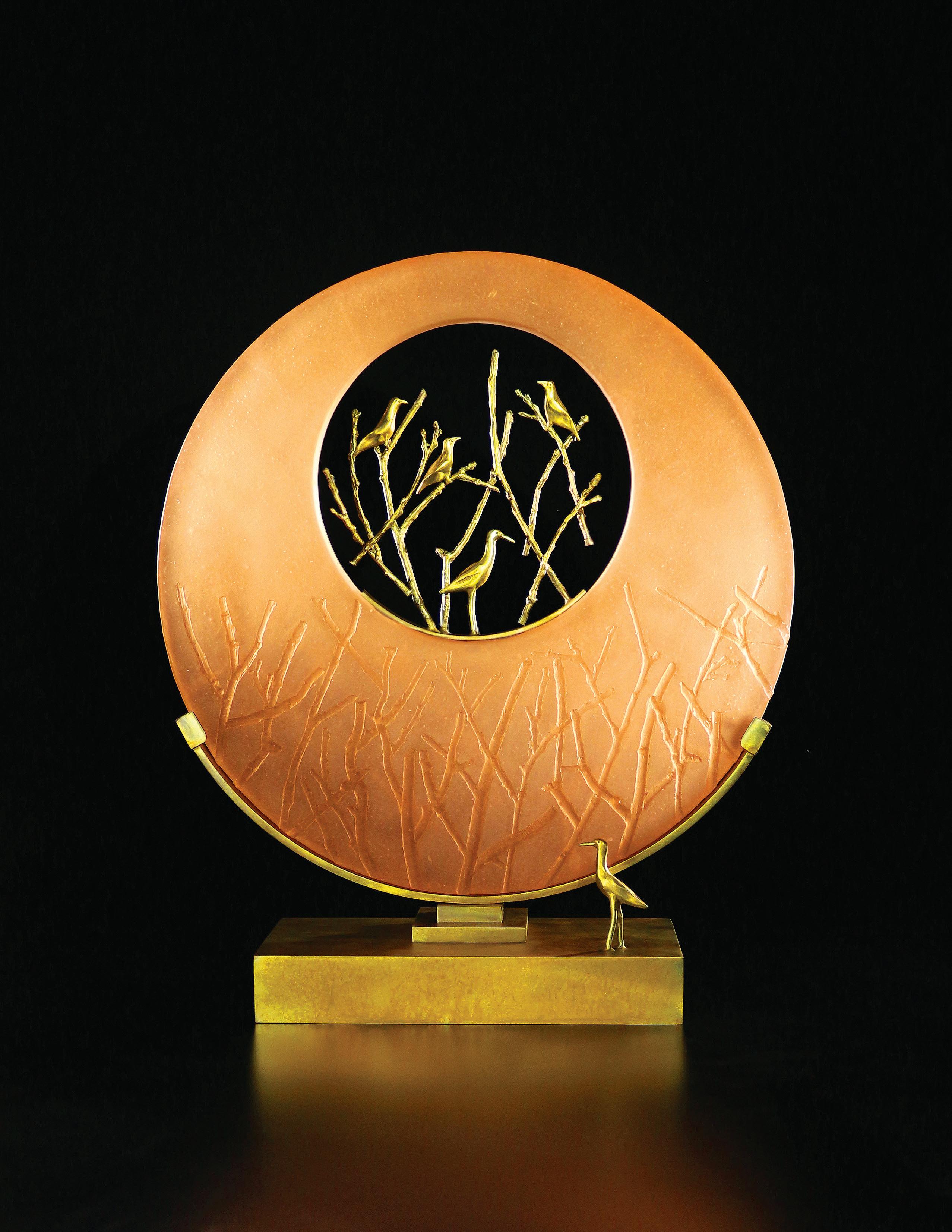

Pozycinski Studios
Joe and Georgia Pozycinski's sculptures combine the light and transparency of glass with the strength of bronze to create extraordinary works of art.
Facing
All images © Pozycinski Studios, shared with permission
55
A R T I S A N S
Above: Crow Boat III, 17.5" high x 21" wide x 6" deep
Page: Coral Sanctuary, 17.5" high x 19" wide x 6" deep



Over the years, thousands of people have had the opportunity to see the unique, award-winning bronze and glass sculptures created by Pozycinski Studios at fine art and craft shows across the country. Each distinctive piece contrasts the lightness and color of its glass components with the strength and solidity of bronze. The result is a sculptural design that unifies the juxtaposed elements of weight, texture, shape, and color, in perfect equilibrium. These unique designs are strikingly modern, yet they are reminiscent of ancient cultures, evoking rituals and symbolism of past eras.
These remarkable sculptures are the outcome of an artistic collaboration between Joe and Georgia Pozycinski, who met at the University of Illinois when he was studying engineering and technology and she was studying marine biology and zoology. After college, they embarked on their decades-long path in life together.
After moving to Sparta, a small town in Missouri, they set up a home studio and pursued individual interests in making art. Joe carved lacquered wood vessels inspired by the simple, yet elegant forms of ancient Chinese craftsmanship; Georgia fashioned small bronze sculptures of birds, trees, and other natural forms based on her love of animals and marine life.
One day, they thought it would be fun to work together, so Joe's wood pieces evolved into bronzes using ancient methods of mold making, lost wax casting, metal forming, and patination. Georgia's bronzes of animals and other forms were a perfect complement to Joe's work.
The final touch in their journey was the incorporation of cast glass which elevated their work to new levels beyond what wood, clay, and bronze could attain, and the Pozycinski Studios aesthetic was complete. "The process of casting glass is extremely difficult," Joe explains. "But adding glass, in an assortment of colors, was a natural progression in our work."
Sadly, Georgia passed away in 2022, leaving a void in the Pozycinski's community of friends, collectors, and artists. "We worked together on both the bronze and glass pieces for more than 25 years," Joe says. "To honor Georgia's legacy, I have continued making some of the glass and bronze pieces that we created together, adapting computer aided design and threedimensional printing to the process, so anyone interested in one of our designs can still enjoy the combination of our work together."
To learn more about Pozycinski Studios visit www.pozycinski.com.
Top: Sandpiper Ship, 18" high x 25.5" wide x 5" deep
Center: Rhino and Elephant Boxes, 7.75" high x 5" wide x 5" deep
Bottom: Crow Box, 9" high x 5" wide x 5" deep
Facing Page: Architectural Series III, 19" high x 12" wide x 8" deep
56
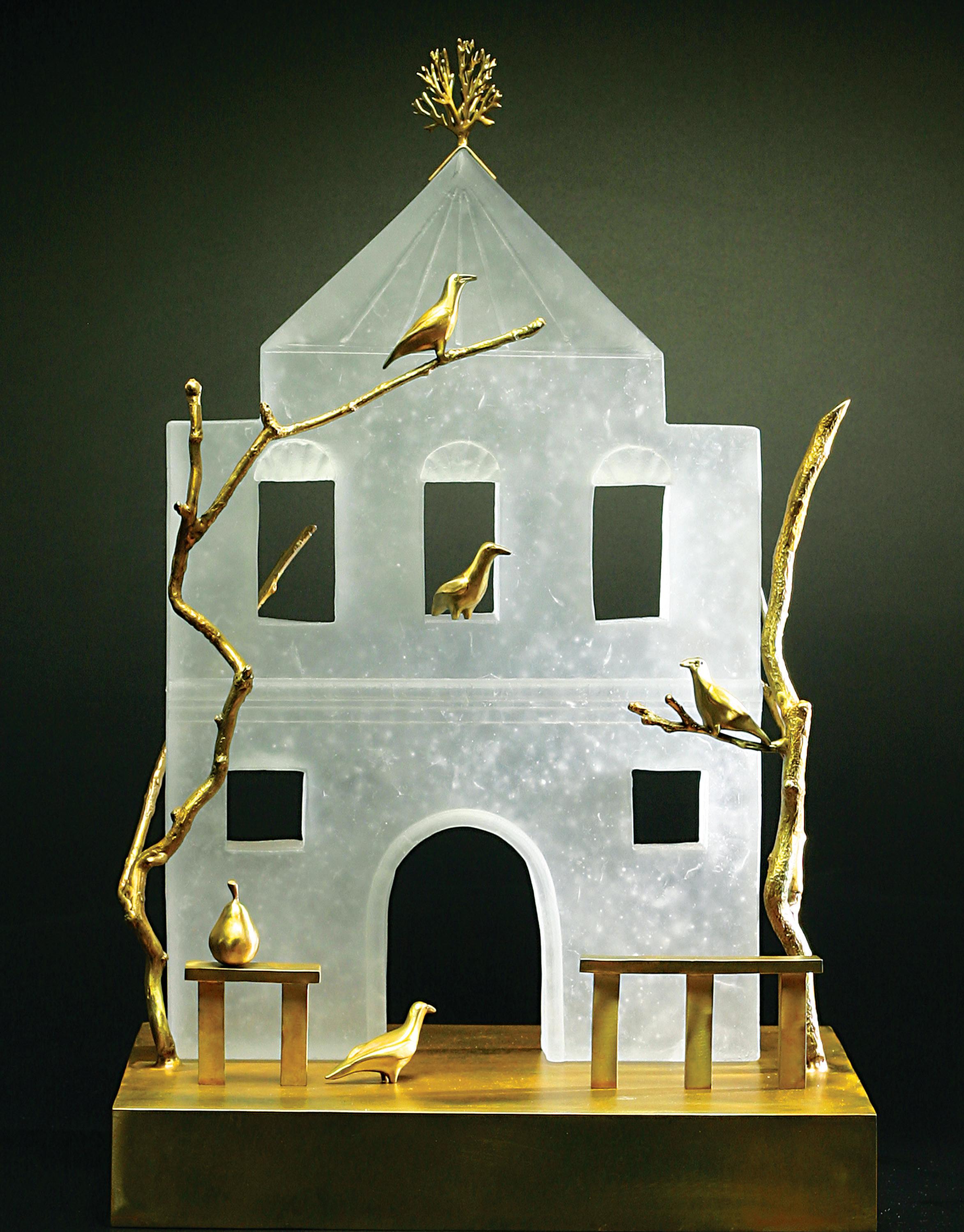

Here are the winners, special merit, artistic recognition, and honorable mention award recipients from our July 2023 Pastels Competition. Our heartfelt thanks to all of the artists who sent entries from around the world, including Canada, Australia, New Zealand, Germany, Greece, England, and across the U.S. The entries were impressive for the variety of artistic styles and subjects as well as techniques.
Enjoy the artwork from this talented group of artists.
58
All images from the exhibition are under copyright and shared with permission of the artists.

2023 PASTELS COMPETITION | WINNERS

59
1st Place Winning Entry
Bithia Bjurman
Browsing, 23.5" x 17", @bithiabjurmanart
See our feature story about the artist on page 68


60
2nd Place Winning Entry
| @sarahperryfineart
about Perry's art on page 74
Sarah Perry Eurasian Eagle Owl
12" x 17"
See our feature story
2023 PASTELS COMPETITION | WINNERS

2023 PASTELS COMPETITION | WINNERS

John Sherry
BNSF
24" x 18" | @johnsherryart
Read our feature story about Sherry on page 78
61
3rd Place Winning Entry

2023 PASTELS COMPETITION | SPECIAL MERIT

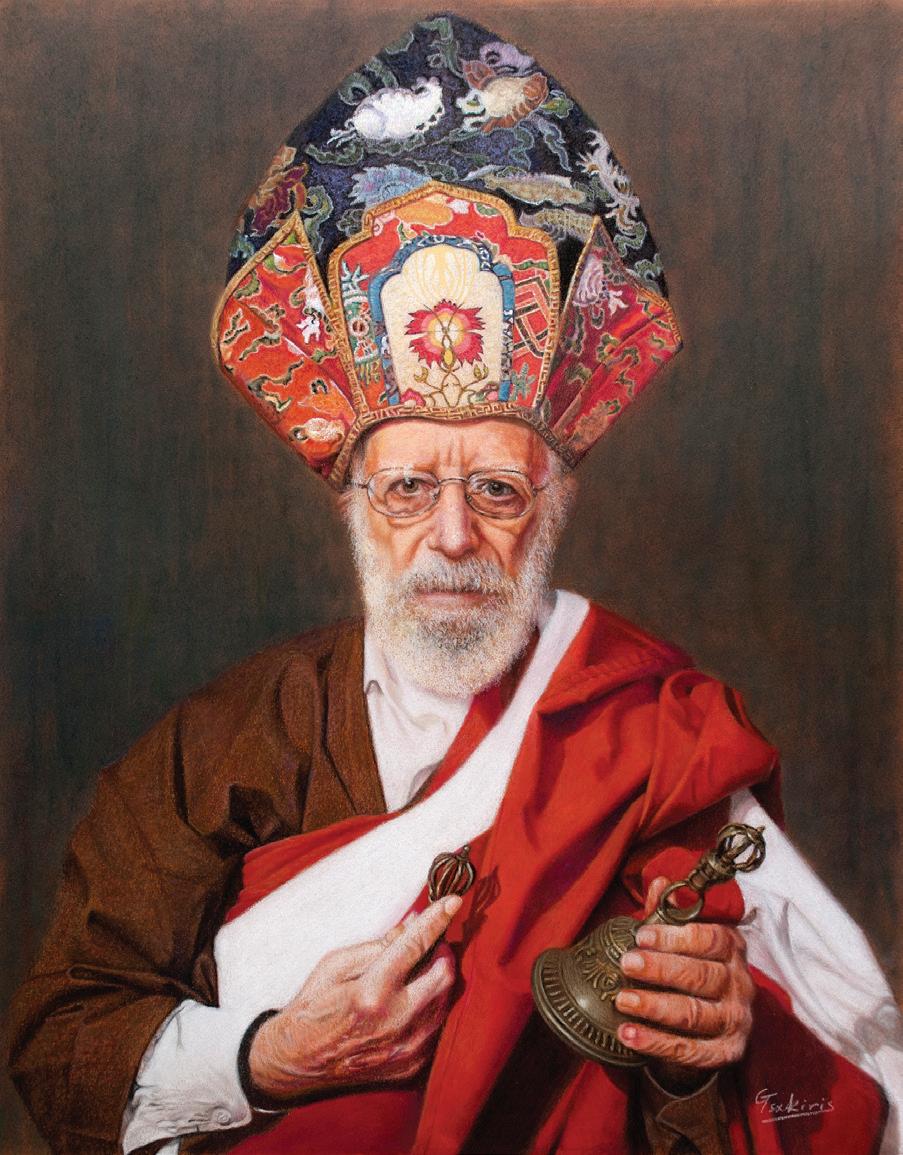

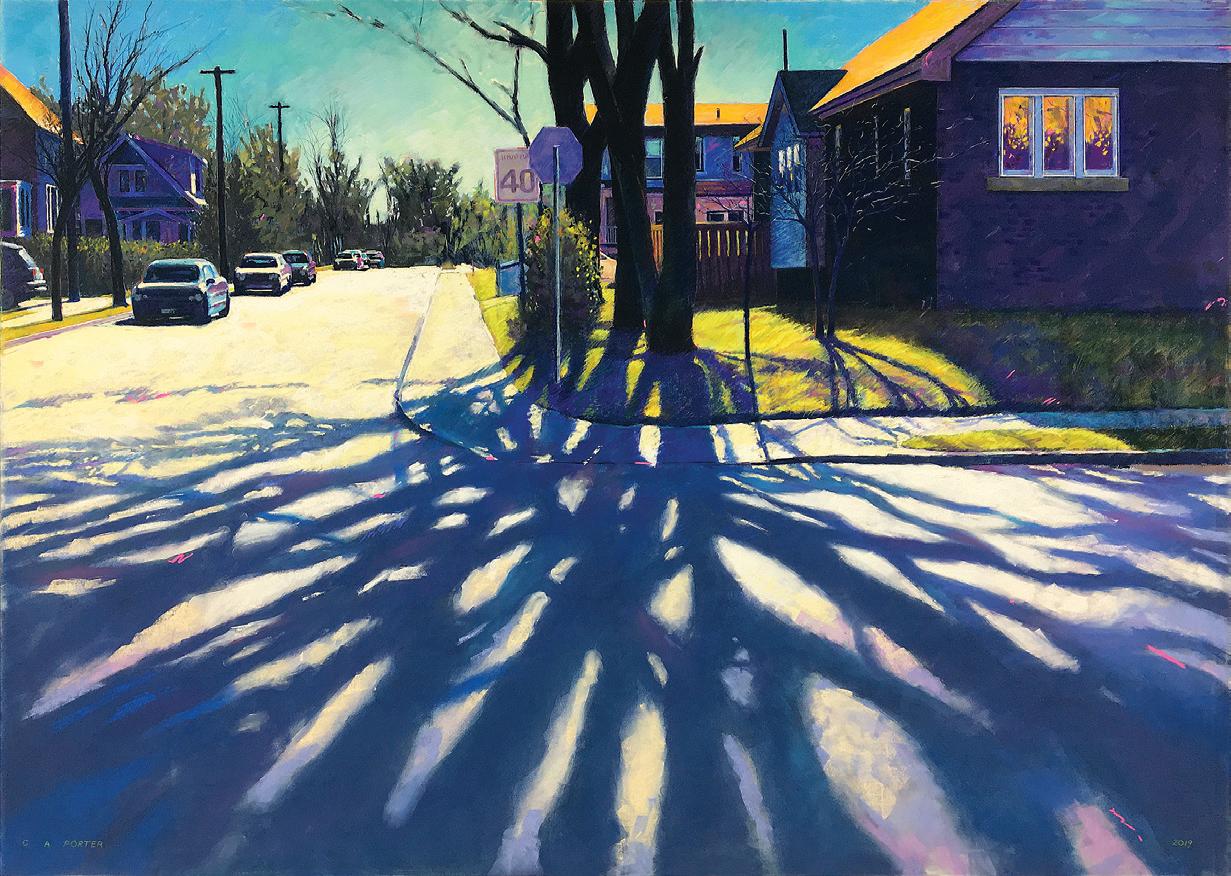
62
Special Merit
Clarence Porter
The Reaching No. 5, 33.25" x 46.75" | @porter_arts
Special Merit
Deborah Shea Sway, 48" x 54" | @debdsheastudios
Special Merit Tatiana Roulin Firefly Watch, 12" x 12" | @tatroulin
Special Merit
George Tsakiris Khenpo, 20" x 16" | @g.tsakiris08

2023 PASTELS COMPETITION | SPECIAL MERIT
Alan Chaney
Tree Colours in Winter
9" x 12"
@alanchaneyart


Taylor Czyscon
Through These Eyes
10.5" x 7.5" @taylor_marie_art
Anne Spivey Wired
18" x 20" @annespiveypastelpainter

63
Special Merit
Special Merit
Special Merit

2023 PASTELS COMPETITION | SPECIAL MERIT




64
Special Merit Kristy Ren Barn Owl, 11" x 15" | @kristyrenart
Special Merit
Bernadette Ballantyne Muster, 16" x 20" @bbartist_nz
Special Merit Shannon Gordy Pauli, 11" x 16"| @ruffsketchings
Special Merit Amanda McLean Thredbo River, 10.75 x 15" @amandamcleanfineart

2023 PASTELS COMPETITION | ARTISTIC RECOGNITION


Kristen Roskob
Kitten




Karen Israel
65
Artistic Recognition
Dreams, 12" x 9" | @kristen.marie.fineart
Artistic Recognition
Lauren Catling
Roxy and Elvis, 11" x 15" | @lmc_artwork
Artistic Recognition
Carol Kent
Bullseye, 12" x 15" | @carol_kent
Artistic Recognition
Darren Conerly Mountain Ghost, 18" x 24" | @penciled_imagination
Artistic Recognition
Guy Munsch
Potomac River at Twilight, 24" x 30" | @guy_munsch
Artistic Recognition
In the Corner Office, 16" x 20" | @karenisraelpastel

2023 PASTELS COMPETITION | ARTISTIC RECOGNITION
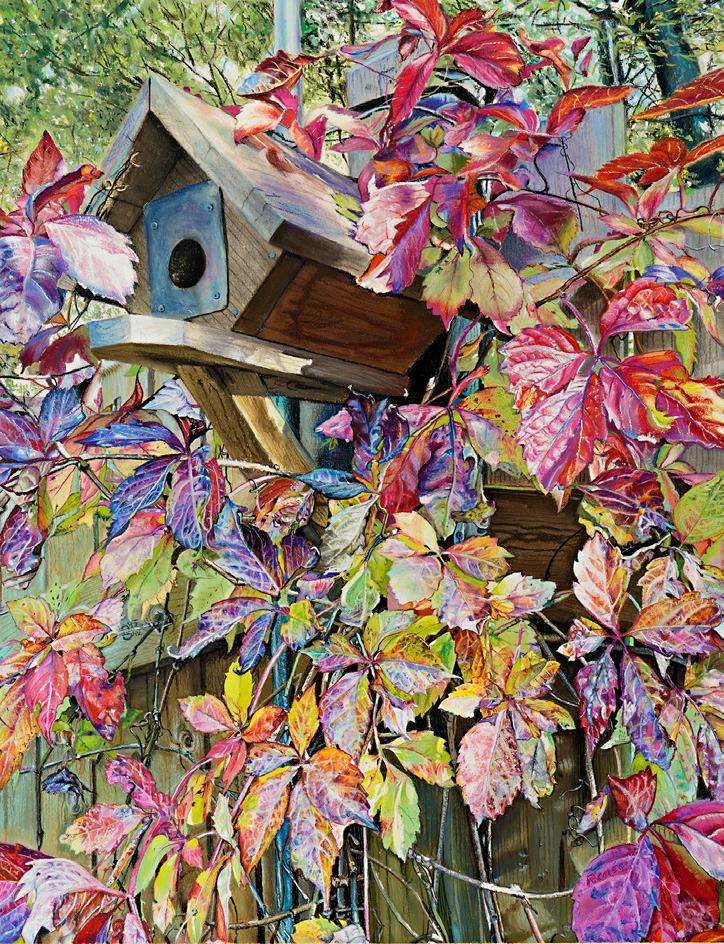
Artistic Recognition
Louise Reneé
Autumn Sanctuary
27" x 21"
@louiserenee3844

Artistic Recognition
Michelle Nooney
General
11" x 17" @glossybeees
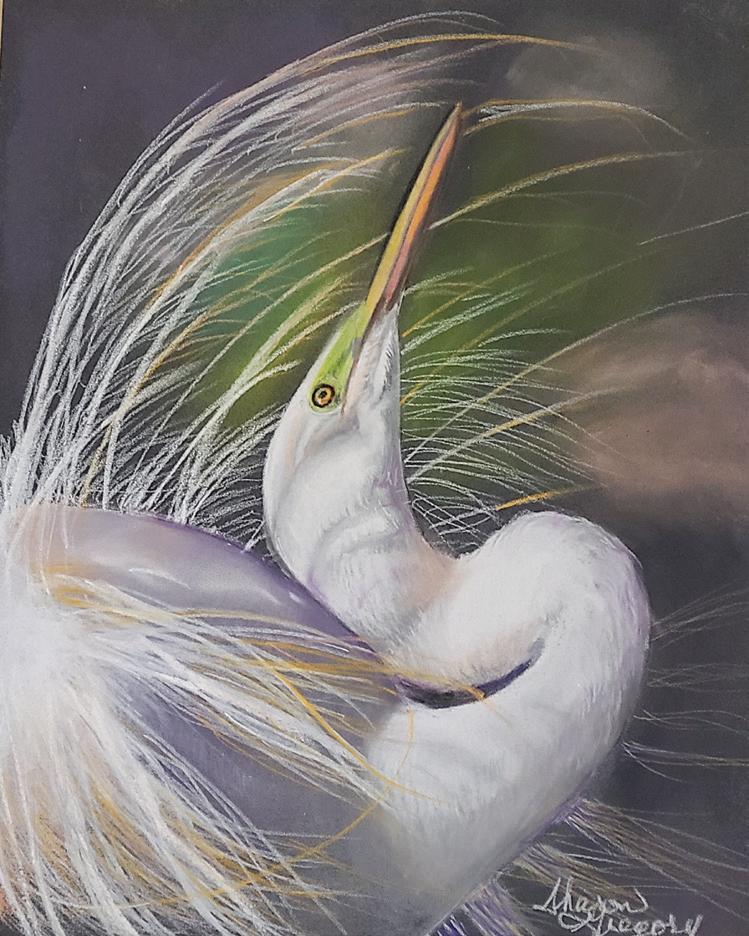
Artistic Recognition
Sharon Gregory
All My Glory
9.5" x 11"
Facebook: Art by Sharon

Artistic Recognition
Alison Hightower Suttle
The Keepers
12" x 18"
@hightowersuttle

Artistic Recognition
Jill Storey Fierce
12" x 9"
@jillstoreyart

Artistic Recognition
Carina Imbrogno
Julius Drinking Lemonade
16" x 20"
@carinaimbrogno_art_
66

2023 PASTELS COMPETITION | ARTISTIC RECOGNITION



2023 PASTELS ART COMPETITION | HONORABLE MENTION
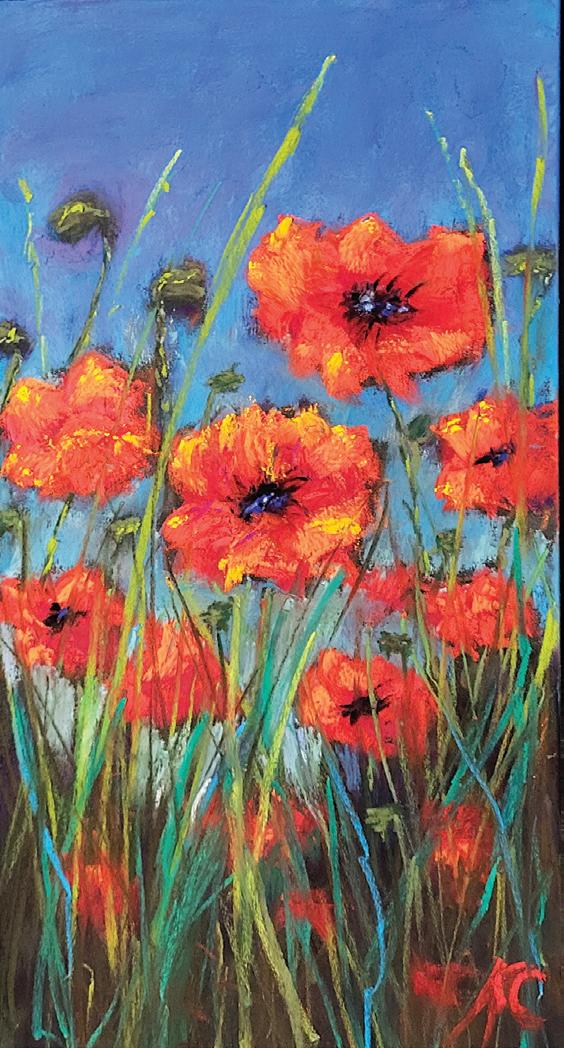



Honorable Mention
Brad Heckman
67
Artistic Recognition
Kimberly Bernier Beauty 14" x 14" @kimberlybernierart
Artistic Recognition
Jean Kimble
The Open Window 14" x 18" @jean_kimble_art
Honorable Mention
Nanette Catigbe
Tres Marias, 19" x 28" | @mucchiodibella
Honorable Mention
Vidya Lakshmi Nikesh Anand
20" x 26"| @vidyaartstudio
Sulphur Cosmos, Life in Color
Honorable Mention
Kimberly Condon Dreaming of Poppies 11" x 6" @kimcondonpastels
Portrait of Jane Goodall 8.5" x 11" @hecksign
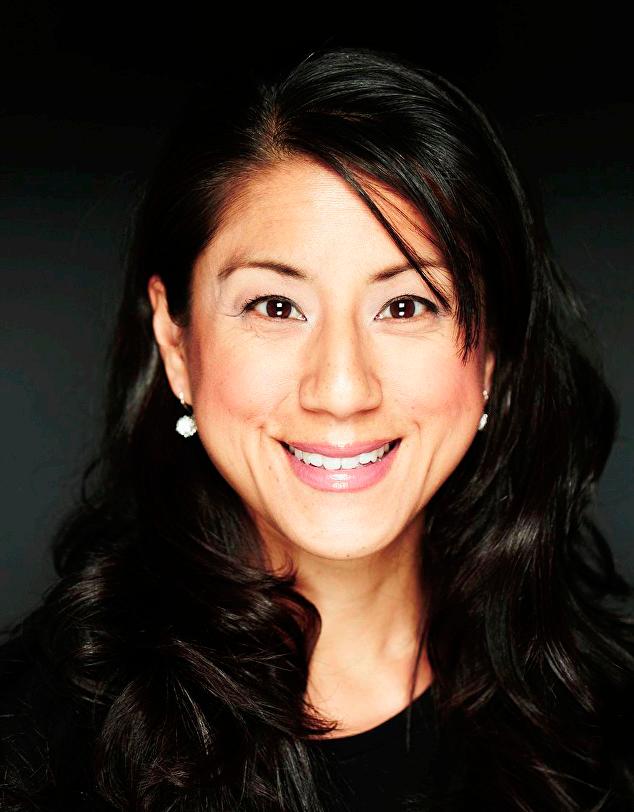

OBithia Bjurman 1st Place Winner 2023 Pastels Competition
regon artist Bithia Bjurman is an inspiration. As a child, she had no interest in art and didn't become a serious artist until 2022. Growing up in rural Connecticut, she inherited musical ability from her mother, a musician, and analytic skills from her father, an engineer. Starting out as a music major, she graduated from Boston University with a degree in engineering and embarked on a career in the Silicon Valley tech industry.
There was no sign of the 'artist within' until after her second child was born. Looking for a creative outlet, Bjurman discovered ceramics. Years later, she found herself teaching art in a small private school that needed help developing a fine arts program. She took several art classes to prepare and "keep a step ahead of the students," she laughs, and in the process learned acrylic, oil, watercolor and, the medium she fell in love with, soft pastel.
"Pastels are immensely satisfying for their intense color, the complexity of depth, and the challenge of mastery," Bjurman says. "I love working without the intermediary relationship of tools; the tactile connection between hand and pastel is immediate and sensory."
Determined to refine her craft, Bjurman immersed herself into the world of pastels through lessons, books, and information online. Her skills grew as her style developed into contemporary realism. "Two years ago, when I began submitting work for shows and competitions, I was terrified," she says. "An artist
I deeply respect told me that competition judges look for consistent style and voice. I was flummoxed by that answer because I was a new artist, without a distinct style or voice yet. I was figuring out what works and what doesn't, making mistakes, making discoveries. It might have taken several attempts before I completed a beautiful piece."
Considering the short period of time Bjurman has been showing her work, she has received considerable recognition and amassed an impressive number of awards. When we asked how she might advise other artists — some who may be struggling with a lack of confidence — she said, "Don't paint what you think others want you to paint, or what you think will sell. Ultimately, if you love what you're doing and are learning, it will bring you joy. Stop telling yourself you aren't good at something and instead ask yourself what you need to do to hone your skills. If it doesn't come naturally, equip yourself with the techniques and tools to learn how.
"Paint, paint, paint, and then paint some more. The more you do it, the better you'll become. Absorb everything you can about the medium, the masters in the field, and the work that you admire. Be determined. Work hard, try hard, keep learning, experimenting, failing, and succeeding. It's a journey. If you genuinely want to be an artist, do it, but be willing to work for it."
WEBSITE: www.bithiabjurman.com
INSTAGRAM: @bithiabjurmanart
68
All images © Bithia Bjurman, used with permission.



69
1st Place Winning Entry
Browsing, Pastel, 23.5" x 17"
Bithia Bjurman | 2023 Pastels Competition, 1st Place Winner
Hidden Treasures, Pastel, 40" x 28"



70
Bithia Bjurman | 2023 Pastels Competition, 1st Place Winner
Earthly Paradise, Pastel, 17" x 25"
Tasting Days, Pastel, 17.5" x 24"


71
Bithia Bjurman | 2023 Pastels Competition, 1st Place Winner
The Last Glass, Pastel, 26" x 21"

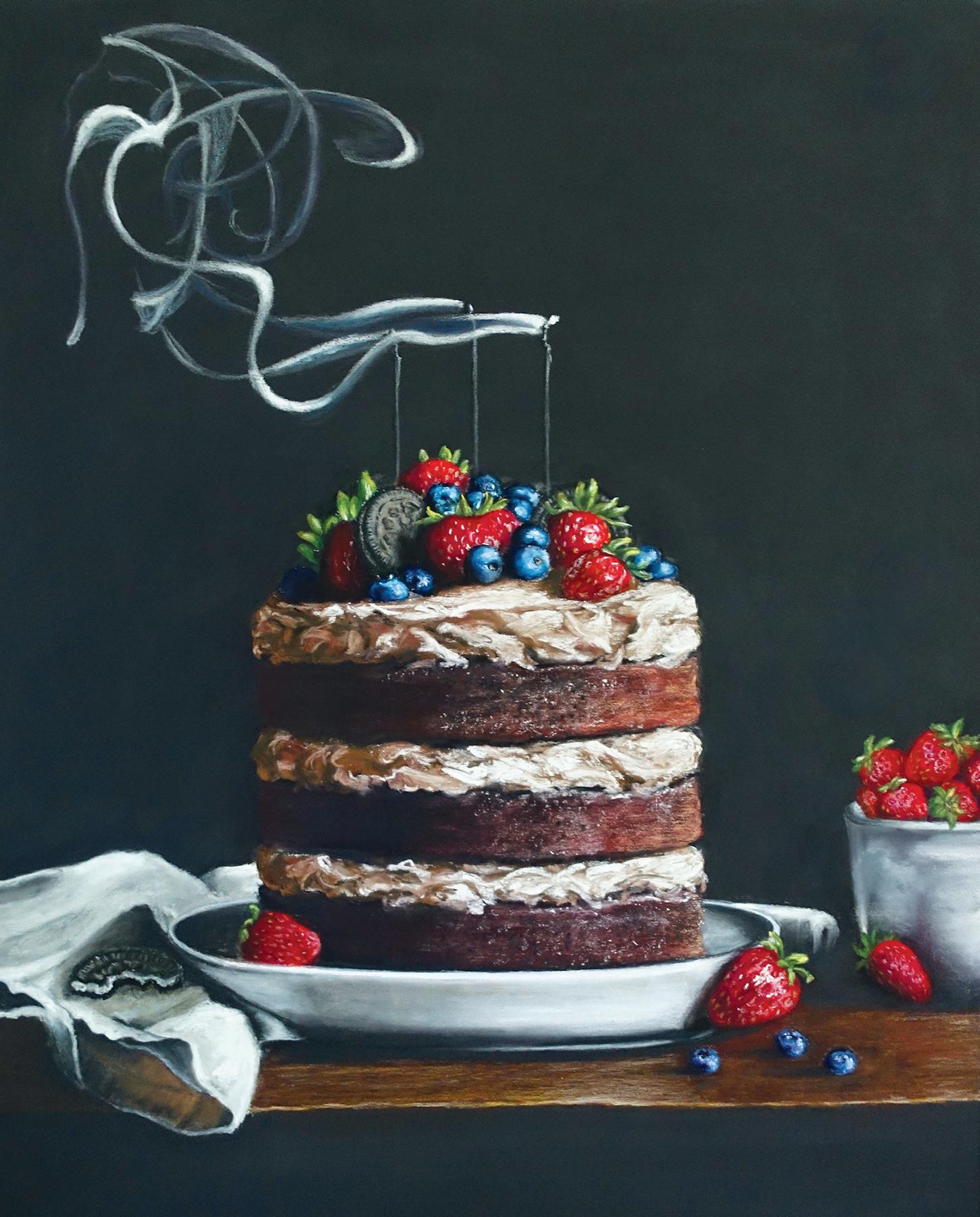


72
Bithia Bjurman | 2023 Pastels Competition, 1st Place Winner
Wish, Pastel, 20" x 16"
The Red Little Library, Pastel, 27" x 21"
Mr. Salt & Mrs. Pepper, Pastel, 23" x 19"



73
Bithia Bjurman | 2023 Pastels Competition, 1st Place Winner
Shopping at Zupan's, Pastel, 18.5" x 25"
Morning Devotion, Pastel, 21" x 27"

2023 Pastels Competition

SSarah Perry
2nd Place Winner
arah Perry has been drawing and painting animals since she was a child growing up in Nantwich, Cheshire in England. Her deep love for animals, both wild and domestic, can be seen in her realistic pastel drawings that evoke the very essence of her subjects.
"I've always been inspired by nature, and by the strong connection we feel for animals," she says. "I believe the eyes of my subjects are key in capturing the character of the animal, and I strive to convey that to the viewer."
Although Perry moved to London to study applied biology, worked for the Royal Veterinary College, and then moved to Leeds in West Yorkshire and enjoyed a 30-year career in research at Leeds University, she
never lost her love for art.
To pursue her artistic interests, she attended school part-time, receiving a diploma in fine art at Leeds College of Art and Design. She started drawing pet portraits as she had as a child, and after selling a piece at an open exhibition, began to receive commissions for her work.
In 2020, Perry decided to take her art to the next level, devoting herself to a full-time practice, rendering beautiful work with pastels, colored pencils, and graphite.
WEBSITE: www.sarahperryfineart.co.uk
INSTAGRAM: @sarahperryfineart
FACEBOOK: sarahperryfineart
74
All images © Sarah Perry, used with permission.



75
2nd Place Winning Entry
Eurasian Eagle Owl, Pastel, 12" x 17"
Sarah Perry | 2023 Pastels Competition, 2nd Place Winner
Jack, Pastel, 11.7" x 16.5"



76
Sarah Perry | 2023 Pastels Competition, 2nd Place Winner
Ramble, Pastel, 11.7" x 16.5"
Pipkin, Pastel, 8.25" x 11.7"


77
Sarah Perry | 2023 Pastels Competition, 2nd Place Winner
Soulful, Pastel, 18.5" x 13.5"

2023 Pastels Competition

John Sherry 3rd Place Winner
John Sherry is a self-described late bloomer, and then some. "There are late bloomers," he says, "and then there's me — almost never bloomed!"
Growing up in Ohio, Sherry's mother was a highly acclaimed artist, and while he had an impulse to express his own artistic creativity through painting, he thought of it as something that would happen sometime in the future. "But after years of postponing," he says, "I came to realize that I didn't know how much future I may have, so I dove in."
The Oregon-based artist's medium of choice is pastel on paper. "The colors and pigments are amazing," Sherry says. "A mark made with pastel is so tactile, so immediate. There is no mixing, no waiting for it to dry, you lay down a stroke and that's that."
Cell phone in hand, Sherry is always on the lookout for interesting subject matter to photograph that might inspire his work — landscapes, urban scenes, still lifes. His early pieces were impressionistic leaning toward abstract, but as his style and technique developed, he focused more on
what he calls "the lure of ordinary objects."
He says, "I'd much rather make the mundane appear interesting through art than to try to replicate a spectacular sunset. Painting to me is about expressing my version of the object or scene through color and shape. It may start with a photograph, but that's just a suggestion for what might follow on the paper."
Sherry wants the viewer to engage with his work. "I feel it's important to leave things out, and to let the viewer's mind connect the dots. To me, that makes art so much more personal than a photograph. It should be interesting and beautiful, yes, but I also hope to create an emotional connection with the viewer," he says. "That is the ultimate goal, and when successful, the ultimate reward."
WEBSITE: www.johnsherryart.com
INSTAGRAM: @johnsherryart
78
All images © John Sherry, used with permission.


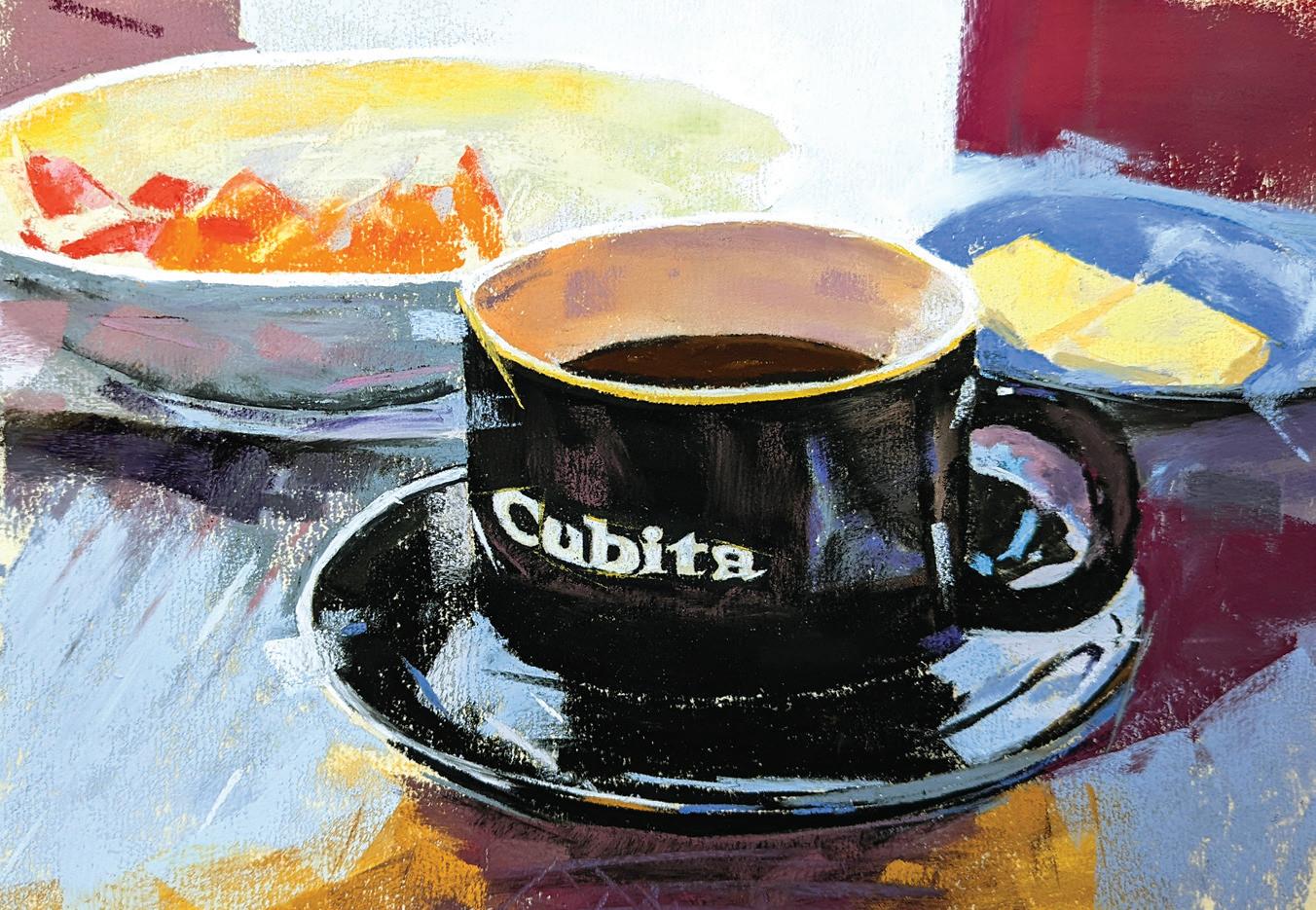

79
3rd Place Winning Entry BNSF
Pastel, 24" x 18"
John Sherry | 2023 Pastels Competition, 3rd Place Winner
Cuban Breakfast Pastel, 8" x 11"
I Am the One Who Knocks Pastel, 7" x 11"

LINOCUT ARTISTS
Linocuts: The Art of Carving
Creating a linocut block is an exercise in subtraction, reversing how an artist typically thinks about art. Instead of adding an image to a surface with paint, pencil, charcoal, or other media, the linocut artist carves out the negative space of an image, leaving the positive space untouched. The process takes careful thought and a nimble touch since once the block is carved, mistakes can't be corrected. When carving is complete, the linocut is inked and the image impressed onto paper or fabric either by hand or with a printing press.
Because it's challenging to carve fine lines in a linoleum block, artists often create bold, simplified imagery, resulting in a vivid contrast between light and dark, with thicker, stronger lines producing powerful images with geometric and graphic characteristics.
Here are five contemporary linocut artists who are definitely worth a look.
80

Rachael Hibbs
Rachael Hibbs, a linocut artist who works from her home studio in London, discovered printmaking about five years ago when she worked as an art technician at a school with an etching press. She was hooked as soon as she made her first linocut print. Since then, she has transformed a printmaking hobby into her own business.
Having grown up in rural Oxfordshire, Hibbs finds inspiration in flora and fauna, creating images of British botanicals and wildlife in her work.
Her artistic style focuses primarily on intricately carved monochromatic images, printed in black or metallic inks. She often leaves her backgrounds blank to show the texture of the papers she prints on, including sustainable handmade papers that enhance the character and texture of her work; or she will print an image with solid background colors which add to the overall impact of her pieces.
Find her work at: @rlhprints or rlhprints.com
Facing page: Banyan Bonsai, 24" x 16"
Top: Foragers, 19.75" x 19.75"
Center: Lilith's Garden, 15.75" x 19.75"
Bottom left: Feast Your Eyes, 10" x 12"
Bottom right: Metamorphosis, 15.75" x 12.5"
All images © Rachael Hibbs, shared with permission
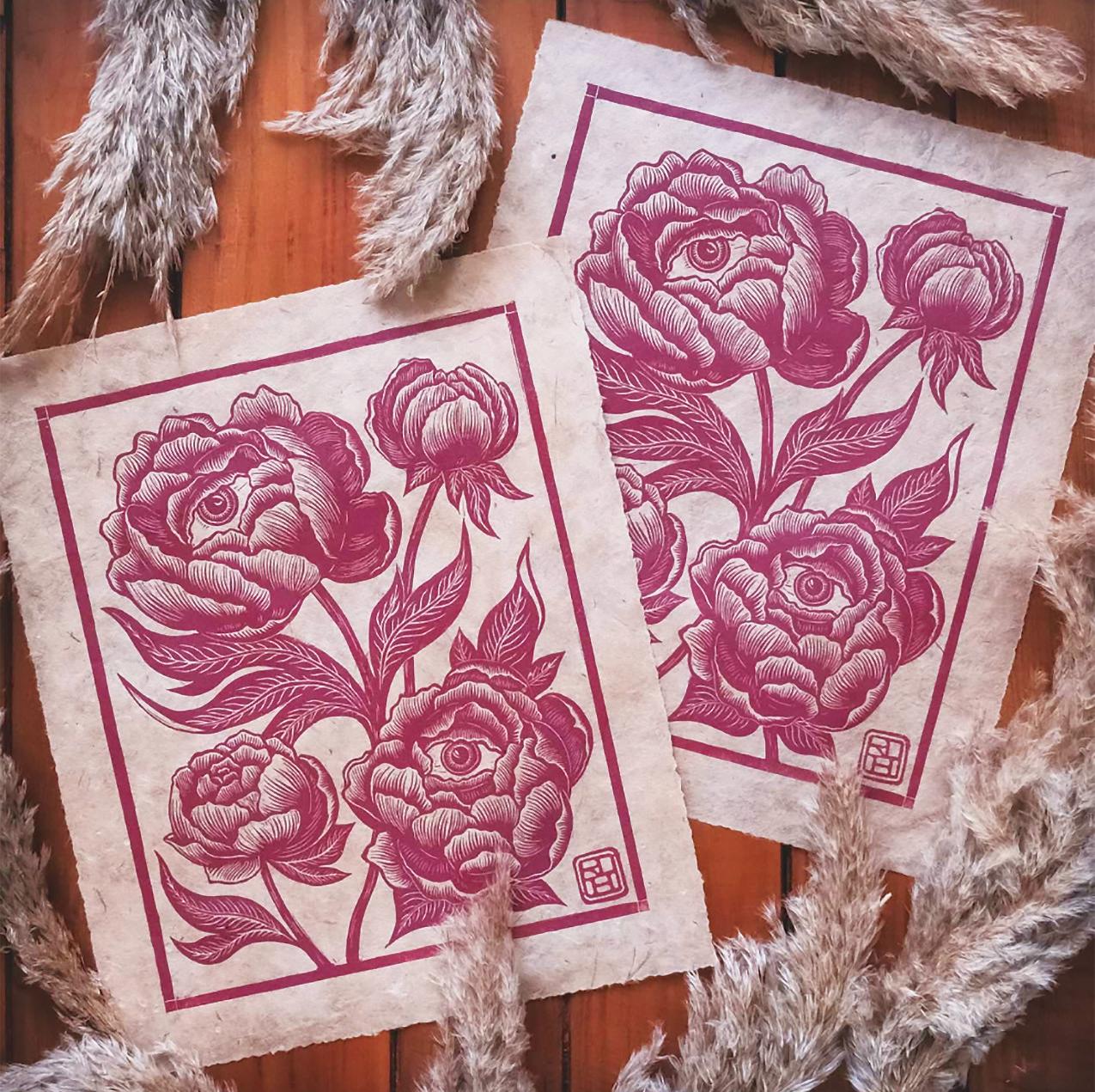



81

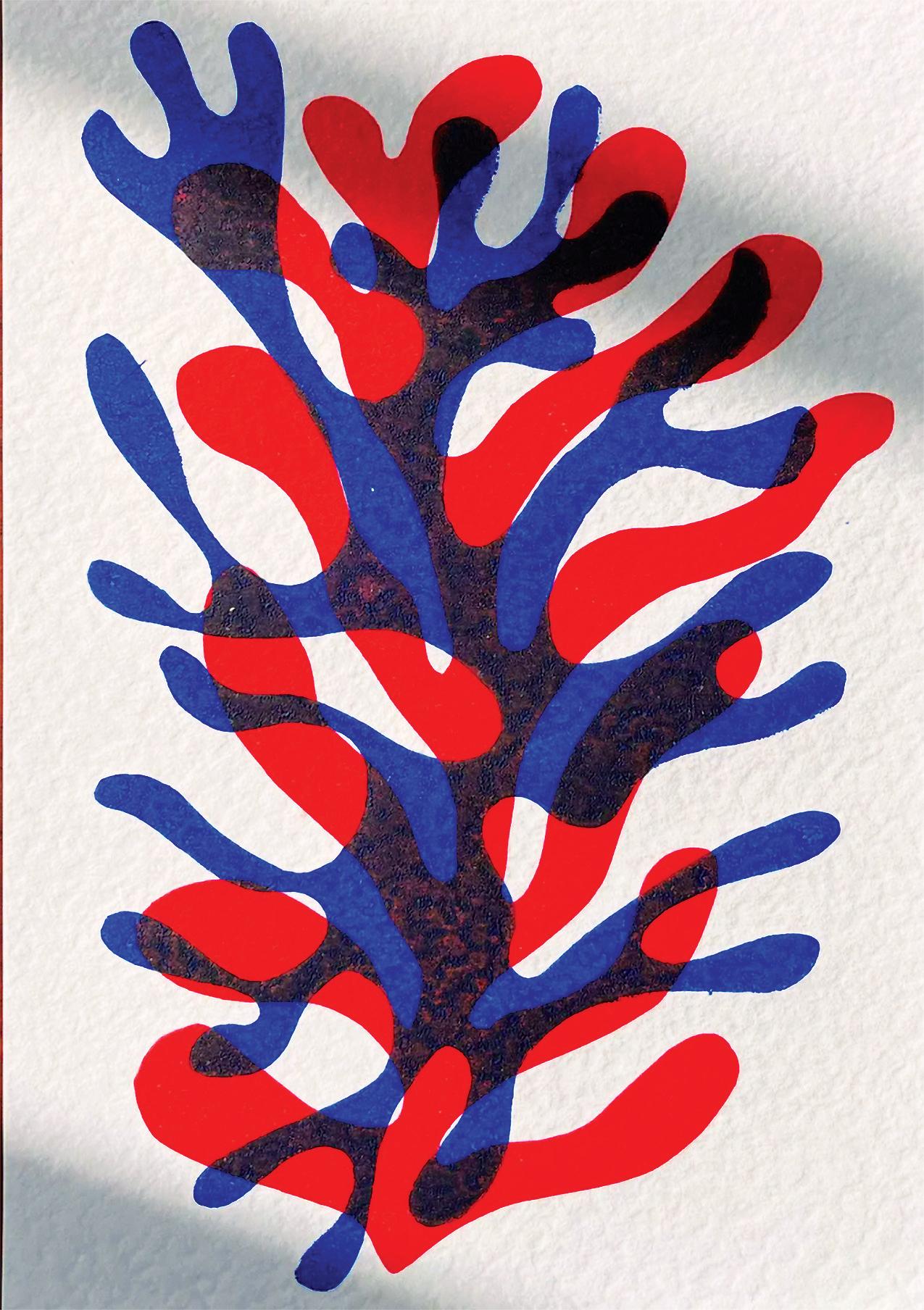

Guy Smart
Guy Smart is a self-taught linocut printmaker based in Bristol, U.K. Being furloughed from his job during the pandemic lockdown gave him the opportunity to focus on his love for printmaking, a skill his mother taught him as a child. Since then he's been creating a variety of prints that include striking nautical, flora, and optical illusion designs, among others. Many were inspired by his travels to South Africa where he saw an assortment of marine life, as well as colorful patterns and textures in underwater plants.

You can find his work at gdsmprints.square.site, @GDSM.prints, and gdsm.prints on Facebook.
82
Top left: Kelp, 8.25" x 11.75"
Top right: Koi Carp, Red and Black, 5.8" x 8.3"
Left: Coral Duo, 5.8" x 8.3
All images © Guy Smart, shared with permission

Gareth Barnes

Linocut artist Gareth Barnes is originally from New Zealand (or, as he puts it, the land of Frodo, Brett, Jermaine, Dr. Alan Grant, Jacinda Ardern, and sausage sizzles), and lives in Leeds, England today. Formerly an illustrator, he discovered printmaking two and a half years ago, throwing himself into the process of creating linocuts and enjoying the final results.
Barnes' creativity is expressed in a wide variety of subjects, from fish, rhinos, and other animals, to a cat lady, Jurassic Park, quirky space imagery, old television sets adorned with a variety of creatures, and surreal prints that make you look twice (at least) at his work.
When asked about his linocut subjects, Barnes replies, "I get a lot of fun dreaming up ideas when I'm out walking the Velvet Dragon (whippet), or driving the car listening to Billy Ocean, and getting them carved out. I play around with a broad spectrum of subject matter and like to combine them in curious ways. It makes it more fun!"
See more of his prints at @spindle_printer and www.etsy.com/uk/shop/SpindlePrint

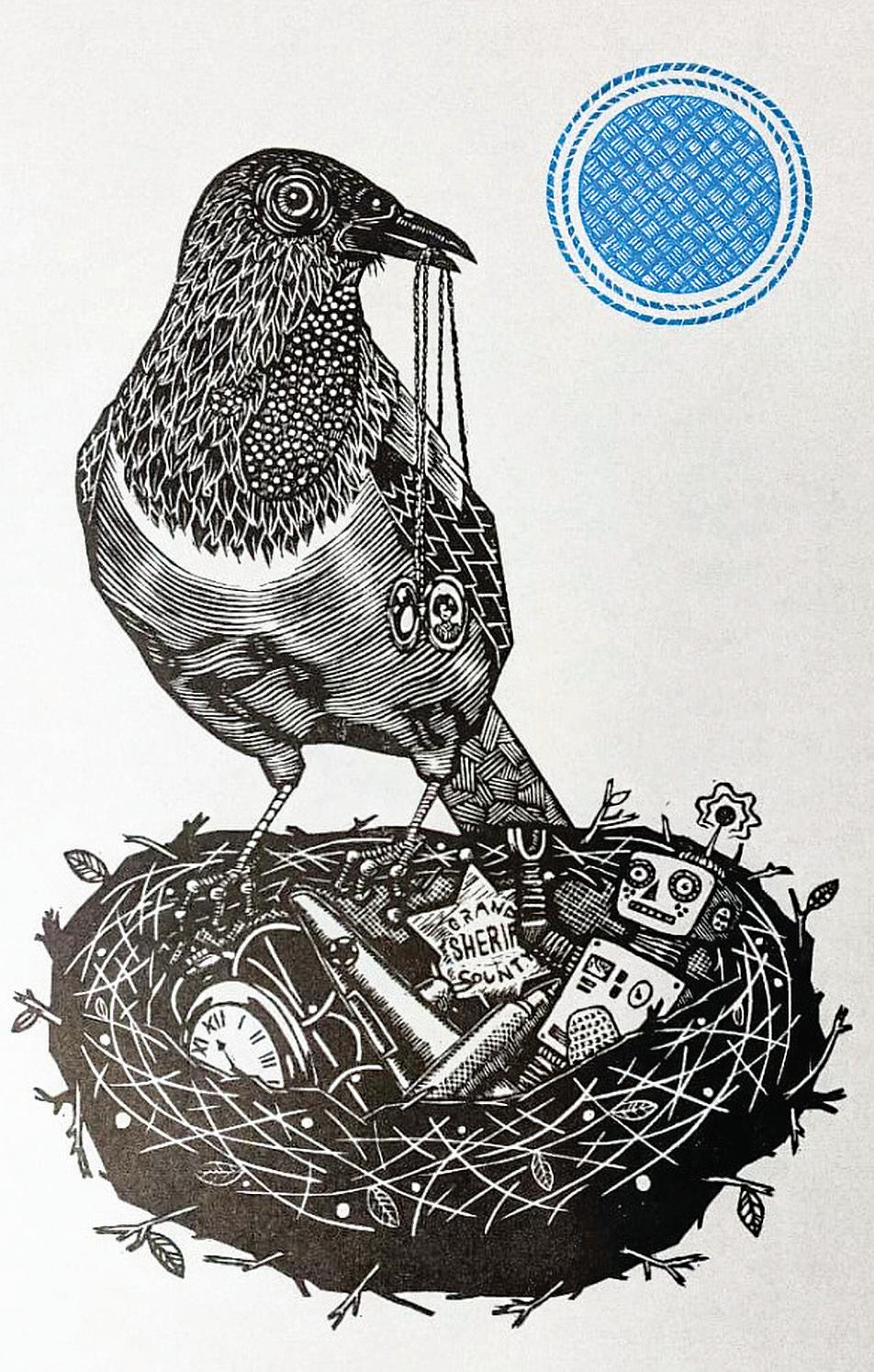
83
Top left: Welcome Home, 11.25" in diameter
Top right: Play, 5.25" x 5.25"
Right: The Collector, 11" x 15.375
All images © Gareth Barnes, shared with permission



François Pache
François Pache is a linocut artist based in France who makes images of all things Japanese. During childhood, he would draw for hours inspired by illustrations and Japanese prints in books. At the age of seven, he began teaching himself the Japanese language which he still practices each day, and he has often traveled to Japan.

Today he is an accomplished artist, carving linocuts of Japanese people and scenes with complexity and intricacy. Pache's first linocut, and the one that inspired him to devote himself to this art form, was a recreation of Katsushika Hokusai's most famous woodblock print, "The Great Wave," one of 36 views he carved of Mount Fuji.
He says of his artwork, "In linocut, my favorite part is the engraving. This is the moment when you give life to the lino and the image takes shape."
Pache met his wife, Sophie, in art school and discovered their shared love of Japan. They combined their skills and launched a website in two languages devoted to educating people about Japanese cuisine, www.cuisine-japon.fr and japan-taste.com. More recently they created Japanese-linocut.com, a site to showcase and sell limited editions of his linocut creations.
Find Pache's linocut art at @japanese.linocut, japanese-linocut.com, and on Etsy, JapaneseLinocut.
84
Top right: Himeji’s Koko-en garden), each 16.5" x 11.7"
Top left: Japanese woman, 8.3" x 11.7"
Left: Path of Stone and Roots Kurama Forest, 8.3" x 11.7
All images © François Pache, shared with permission.

Callum Russell

Cal Russell is an Edinburgh-based artist who primarily makes linocut prints. His works often feature architectural subjects taken from his own photographs, skillfully carved to emphasize the contrasts between lights and darks, creating images filled with complex and fascinating patterns.
Russell studied illustration at Falmouth School of Art and completed a master's in contemporary art at the Edinburgh College of Art. He had done papercutting work for more than ten years before discovering linocut printing during the 2020 lockdown. He learned techniques by studying the work of linocut artists he admired, watching YouTube videos, and experimenting on his own.
"Initially, I got into printmaking purely as a way of making copies of my papercut images, but I soon fell in love with lino cutting and printing as a process. I adapted quickly from cutting paper to cutting lino, and I really enjoy the fact that working with lino is so DIY and direct. Apart from some carving tools, a roller, and a wooden spoon, it doesn't require any special machinery or chemicals like other printmaking," he says.
His work is available at www.callum-russell.co.uk, @cal_russell, and on Etsy, callumrussellart.


85
Top left: ScotParl (left) and Waverley 3 (right), each 16.5" x 12.6"
Top right: Finnieston Crane, 11.25" x 15.5"
Right: New York, 8.3" x 11.7"
All images © Callum Russell, shared with permission.
ARTISAN JEWELRY
Carolyn Morris Bach
The art and objects of indigenous people are the inspiration behind Carolyn Morris Bach’s unique handmade jewelry.
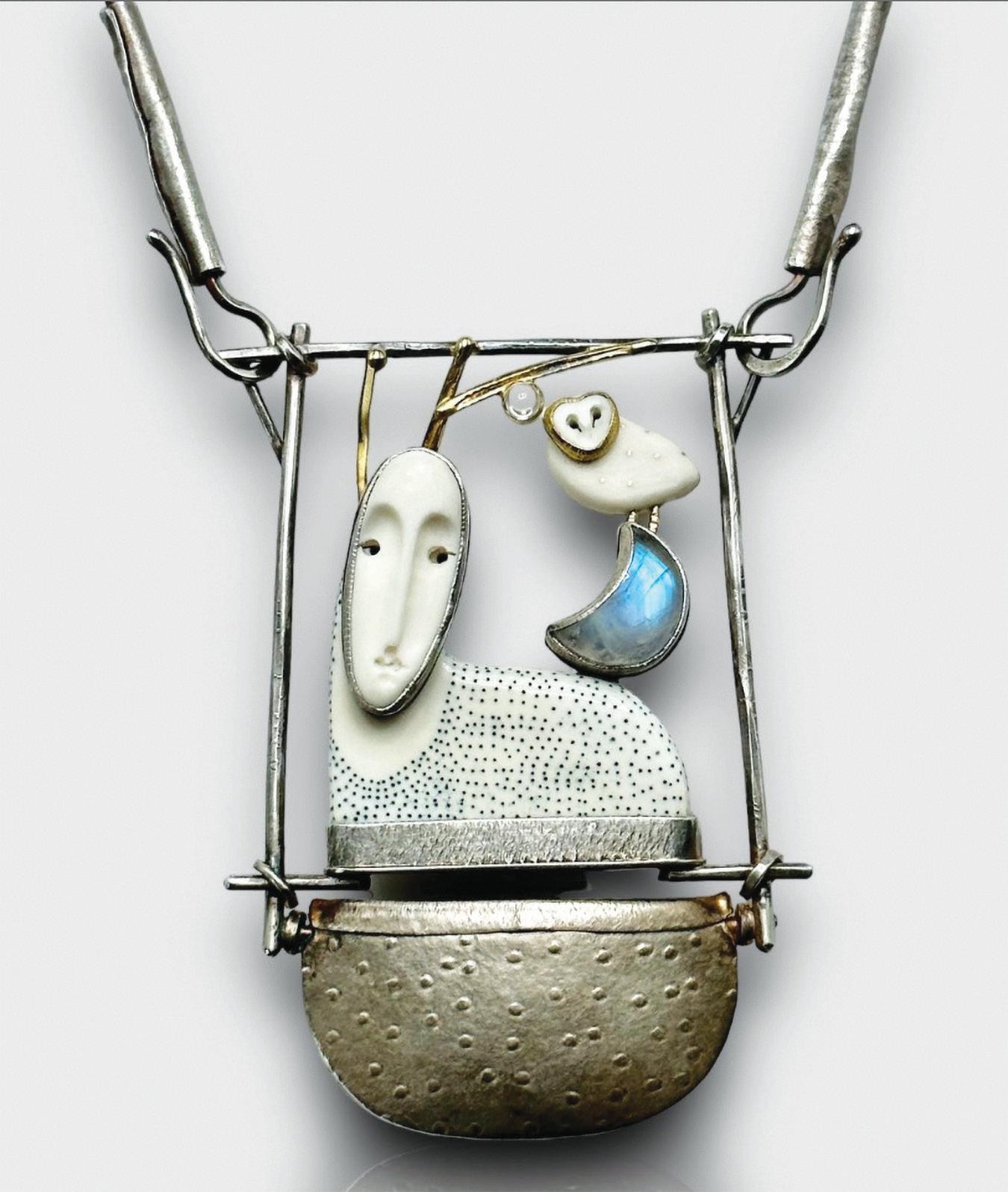



86
86
Acclaimed jewelry artist, Carolyn Morris Bach, has a light-filled studio in southern Rhode Island surrounded by wild forests and pastures. This environment connects her to the seasonal cycles and ubiquitous power of nature, inspiring jewelry pieces that become metaphors for elements of the natural world.
Bach uses images of sun, moon, wind, rain, stones, plants, and animals in her work while referencing Native American symbolism and spiritual beliefs.
Creating jewelry for more than 30 years
A graduate of the prestigious Rhode Island School of Design, Bach has been creating stunning pieces of jewelry for more than 30 years. Using gold, silver, copper, and other natural elements such as jasper, petrified wood, stones, bone, ebony, and gemstones, each piece becomes an expression of the wilderness that surrounds her.
Taking a "low-tech" handmade approach
Bach's studio is filled with the tools of her trade — a flexible shaft for drilling, cutting, carving, and polishing, hammers, saws, pliers — some of which she has used for decades. The tools are worn, but they are like old friends she is reluctant to let go of. "The thing about tools," she says, "is that they're so familiar and comfortable. Even though I buy replacements, I usually never use them."
Bach makes every piece of her jewelry by hand from start to finish. Admitting she is "low-tech" — and is perfectly okay with that — she says, "My work has always been about my eyes, my hands, and my hand tools." And when you see her beautiful and unusual work, no one could argue with that aesthetic.
An early introduction to metalwork
We asked Bach when she became interested in jewelry making. "I actually had no interest in jewelry at all," she replied. "But I went to a progressive high school in Michigan that had an excellent art department. I started out in ceramics, but was tired of the long process from start to finish and I wanted something more immediate. My teacher, Shirley McKee, pointed me to the metals side of the department and I immediately understood how to work metal. It was odd. It just came so naturally."


87
Facing Page, clockwise from top left: deer and owl pendant; owl earrings; hybrid necklace; owls over black beach pebbles necklace
Right from top: dendritic necklace with owl; deer goddess with owl necklace

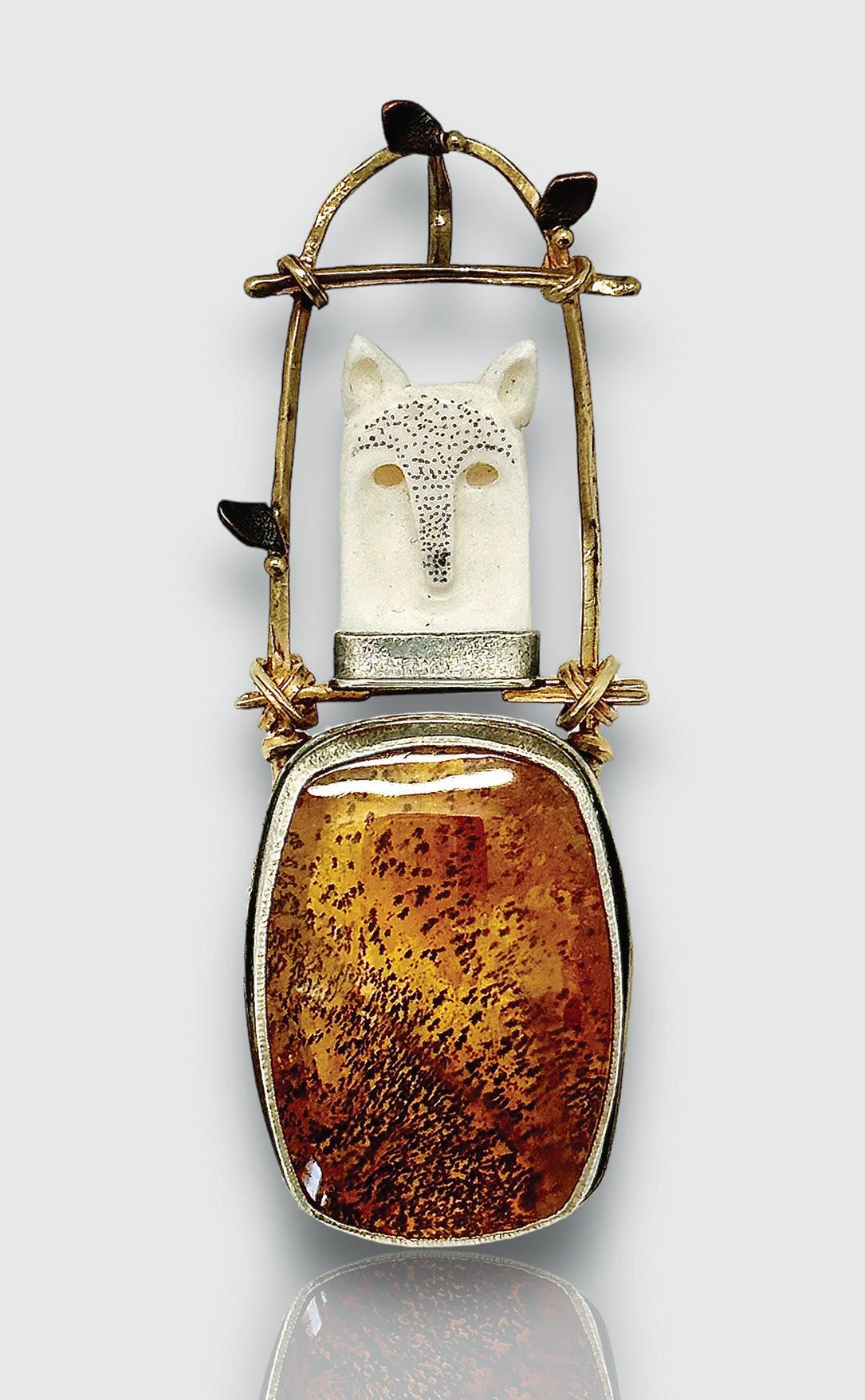
Inuit carvings inspire Bach's work
In describing the inspiration behind the imagery and the symbolism her pieces express, Bach says, "My imagery developed through travel and a true love of objects created by indigenous people, Inuit carvings in particular. When I moved to the woods in the early 1990s, animal and 'goddess' figures entered my work as an interpretation of what I was seeing in my environment.
"I'm delighted they resonate with so many people, and on a visceral level," she continued. "My work isn't so much about adornment, it's about the magic of talismans, which may be why my collectors are so passionate. My objects strike something deep inside of them. They feel protected."
Bach's works can be found in museum, corporate, and private collections including Boston Museum of Fine Arts, Boston, Massachusetts; Museum of Arts and Design, New York, New York; Fuller Craft Museum, Brockton, Massachusetts; and Racine Art Museum, Racine, Wisconsin. She has been recognized with awards of merit from Smithsonian Institution, American Craft Museum, Philadelphia Museum of Art (Women's Committee), and has received a grant from The National Endowment for The Arts.
Discover more of Bach's jewelry on her website, www.carolynmorrisbach.com or @carolynmorrisbach
88
88
Above: Right: Fox pins/pendants








 Virginia Bayes, Editor
Virginia Bayes, Editor




































































































































































































